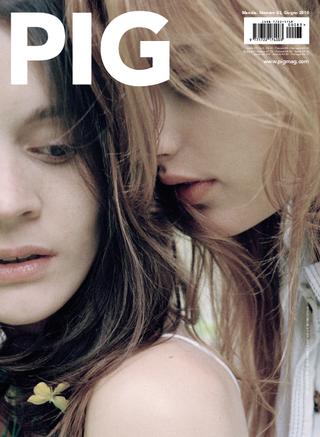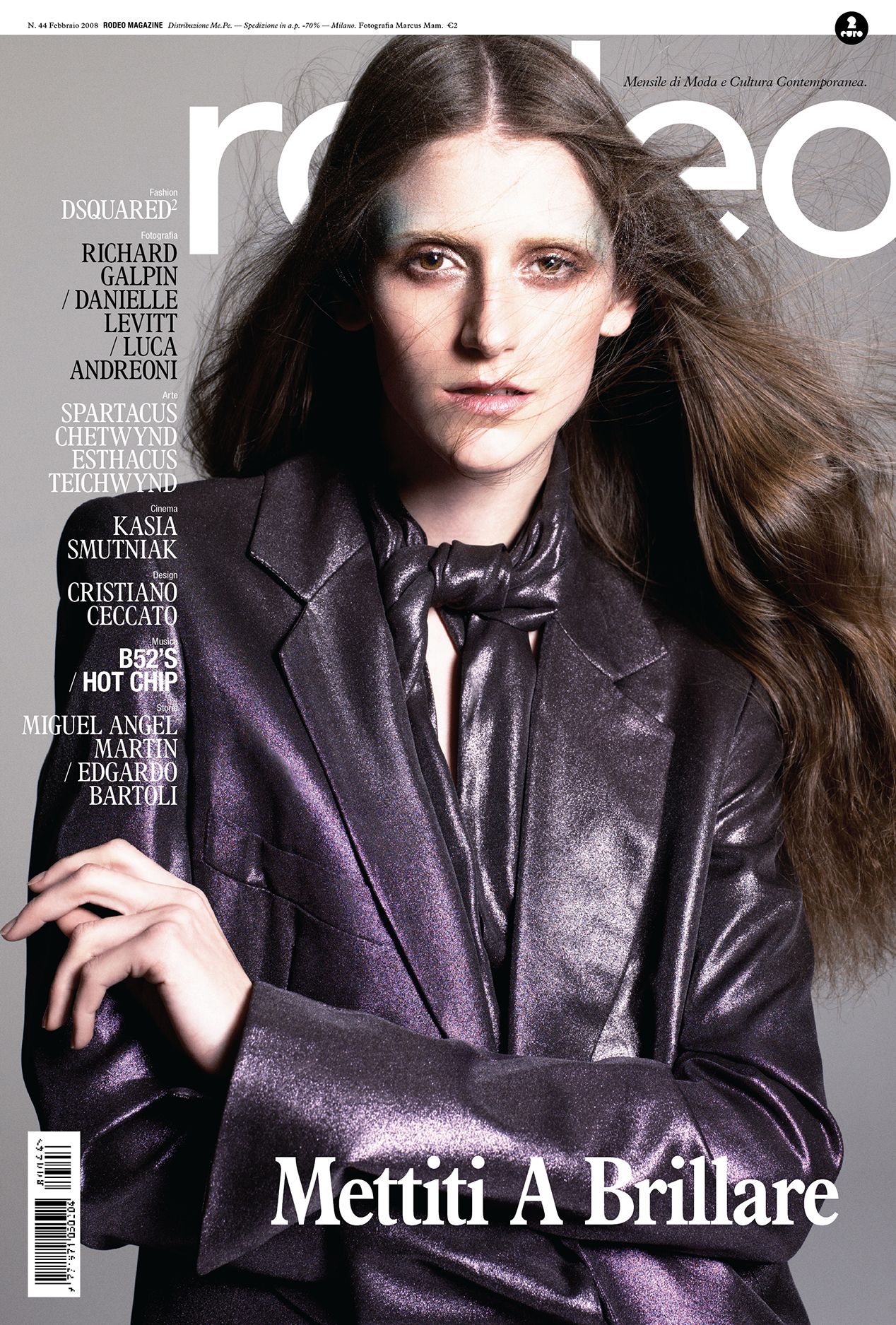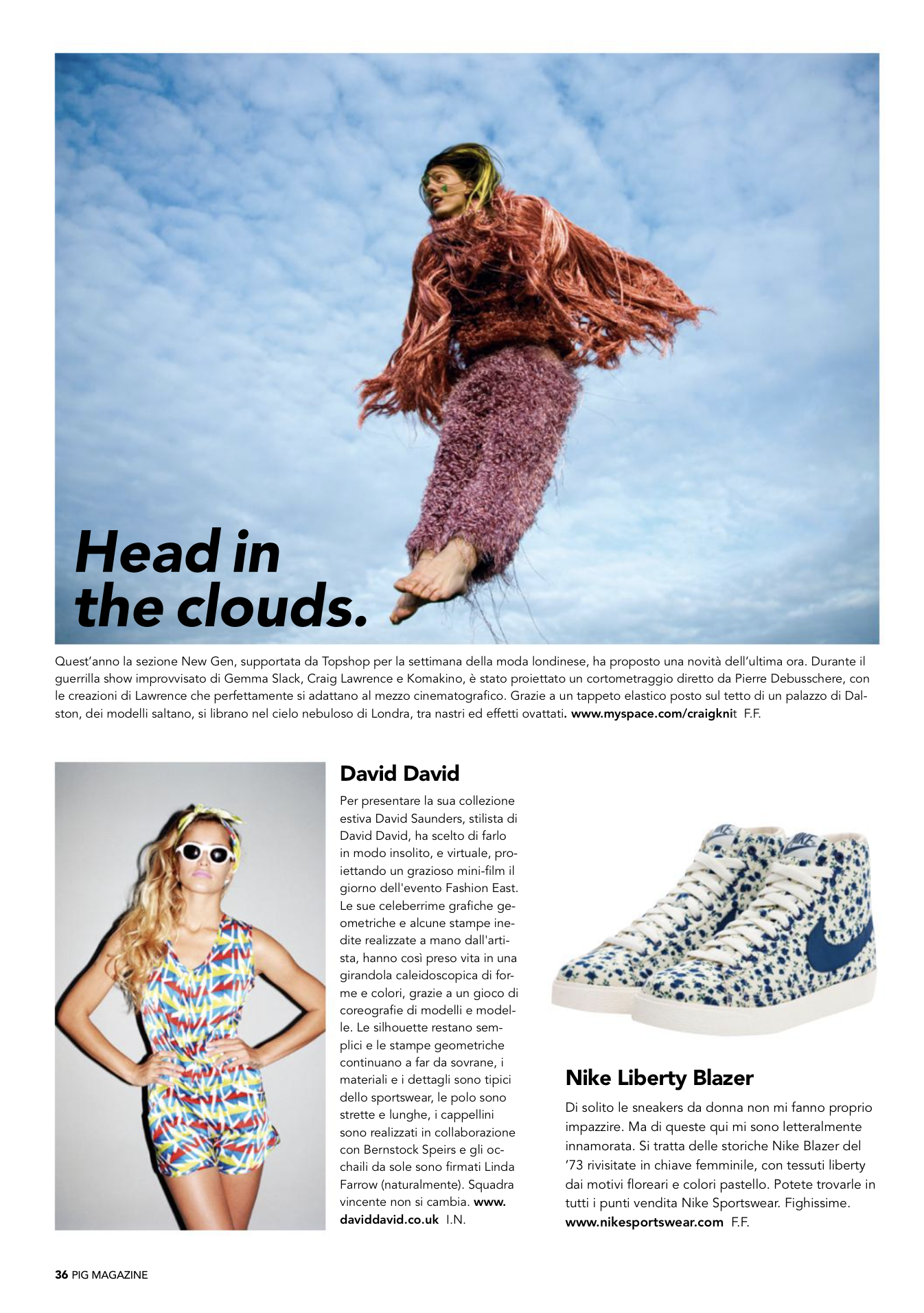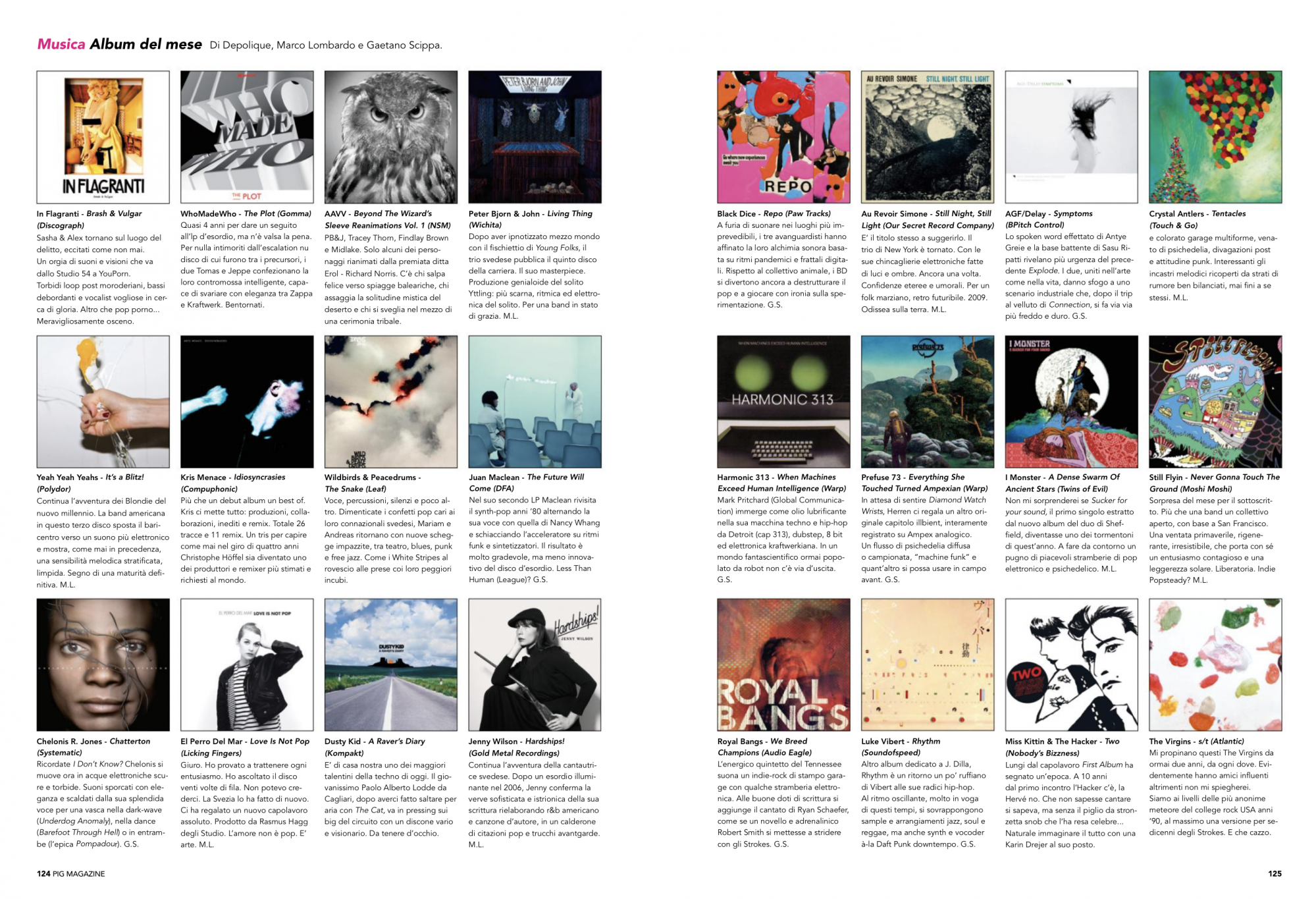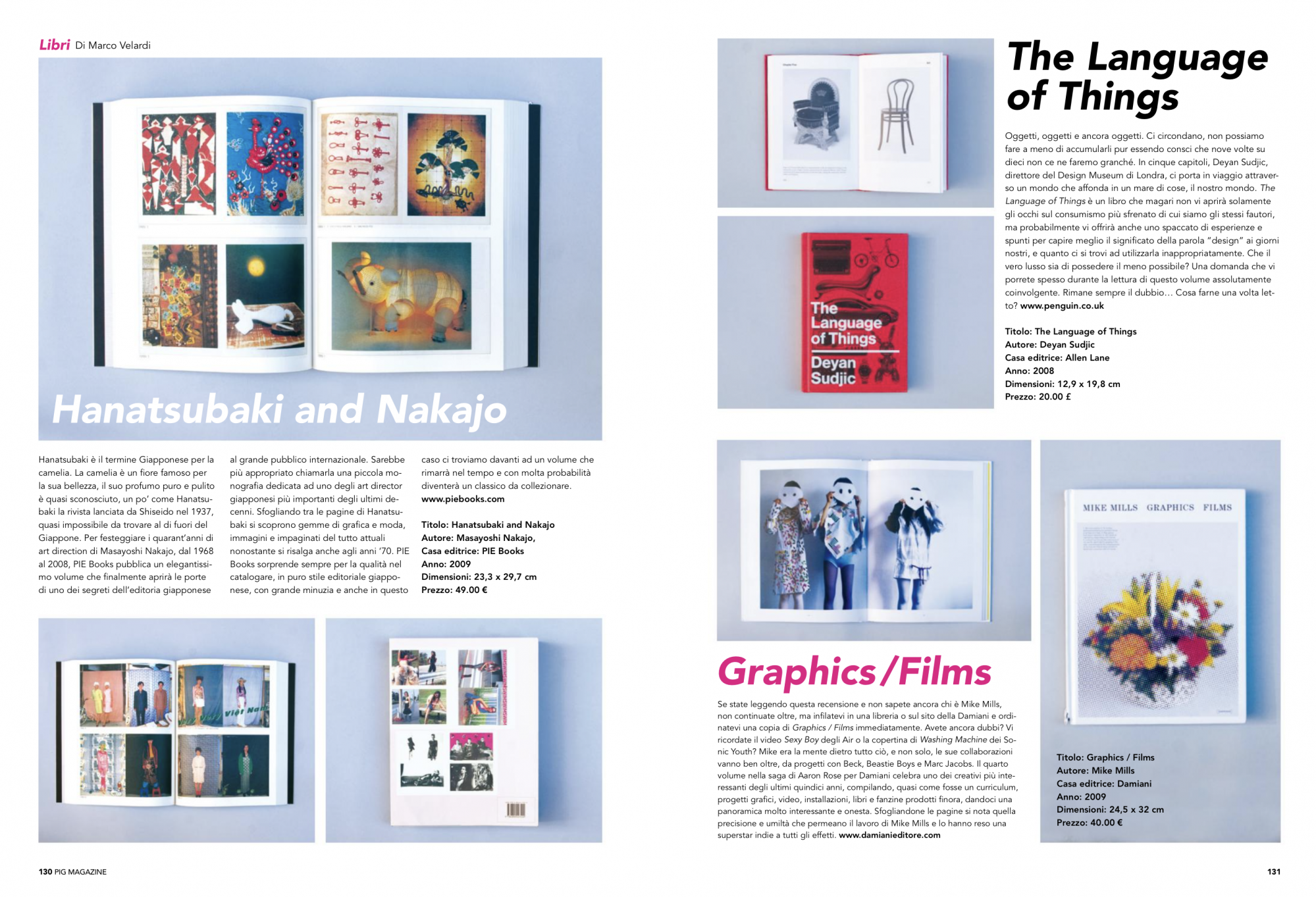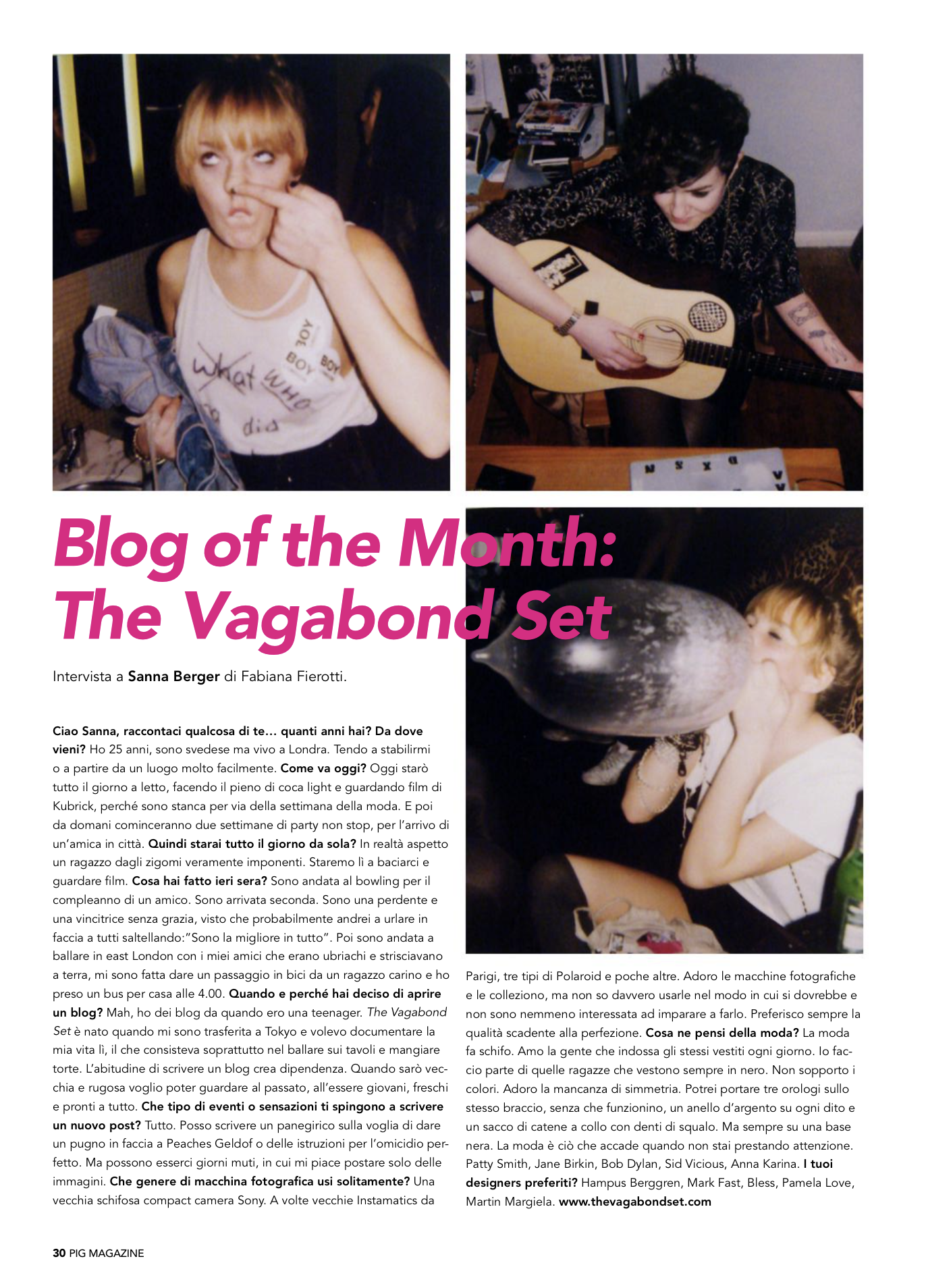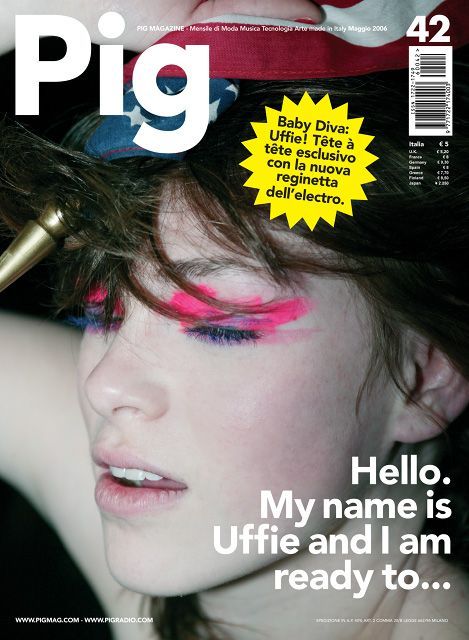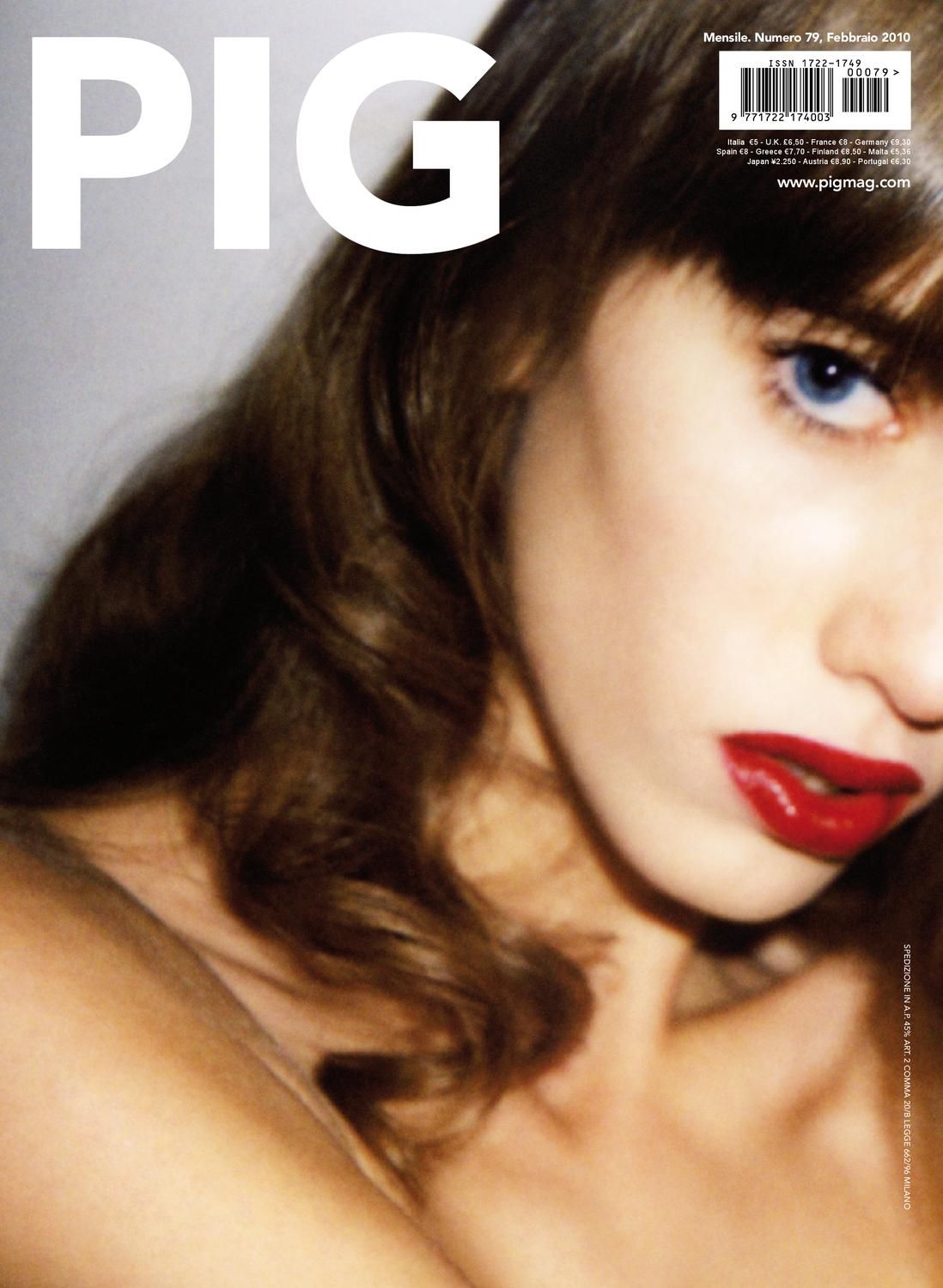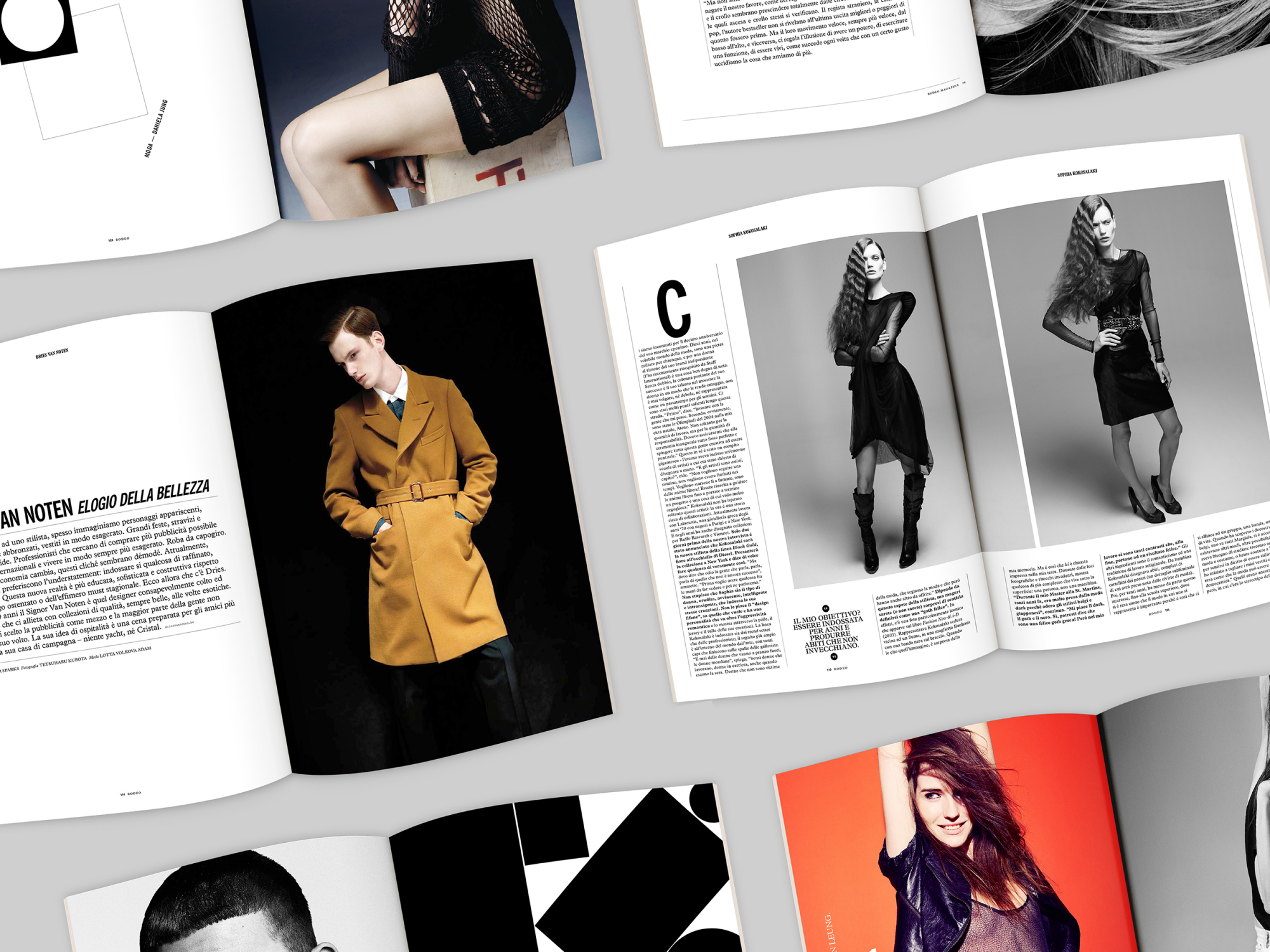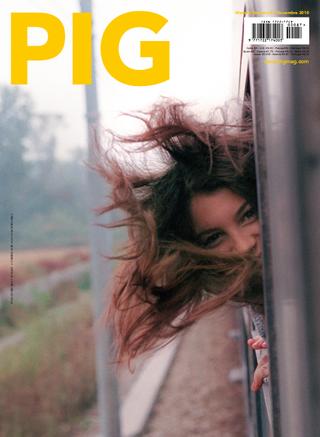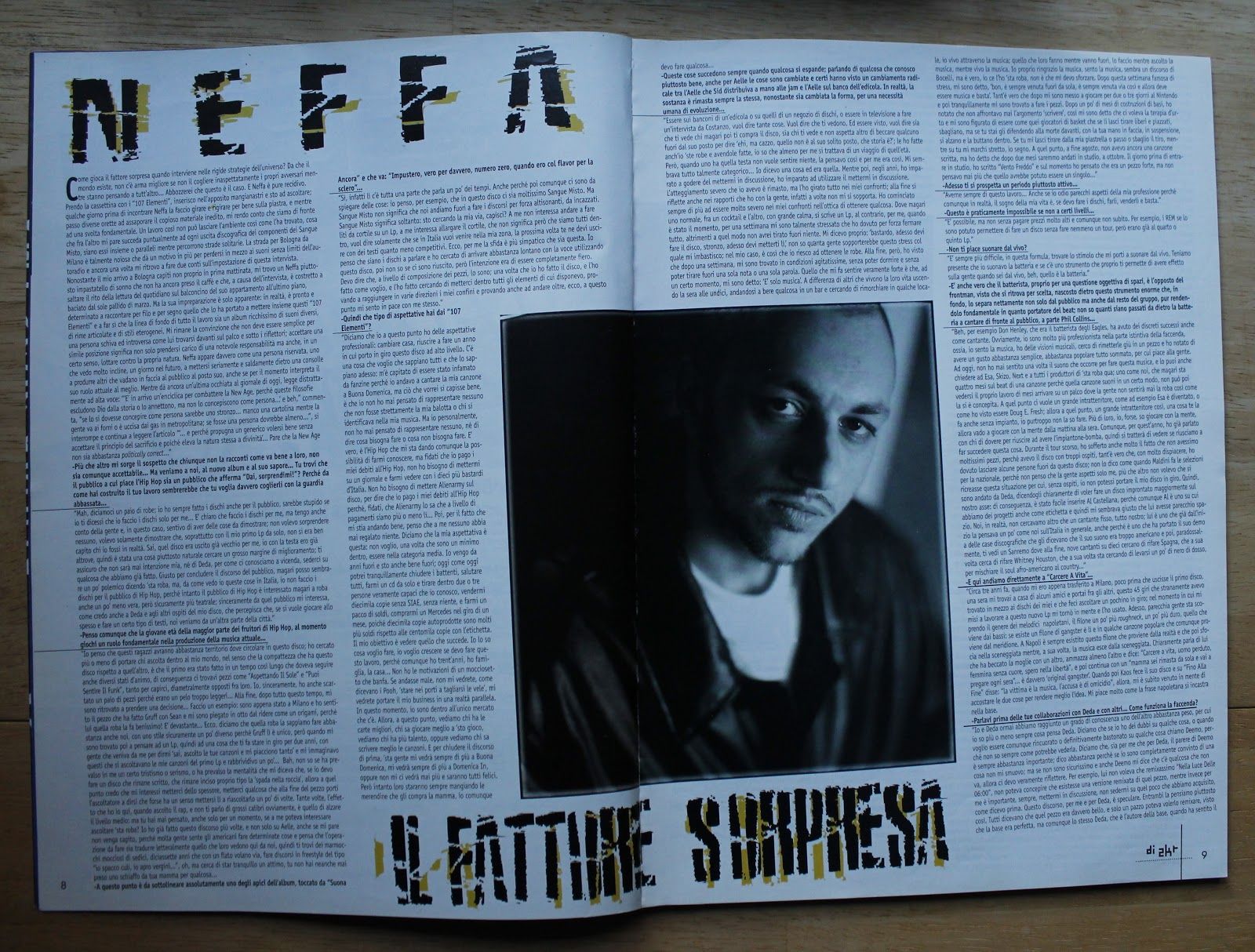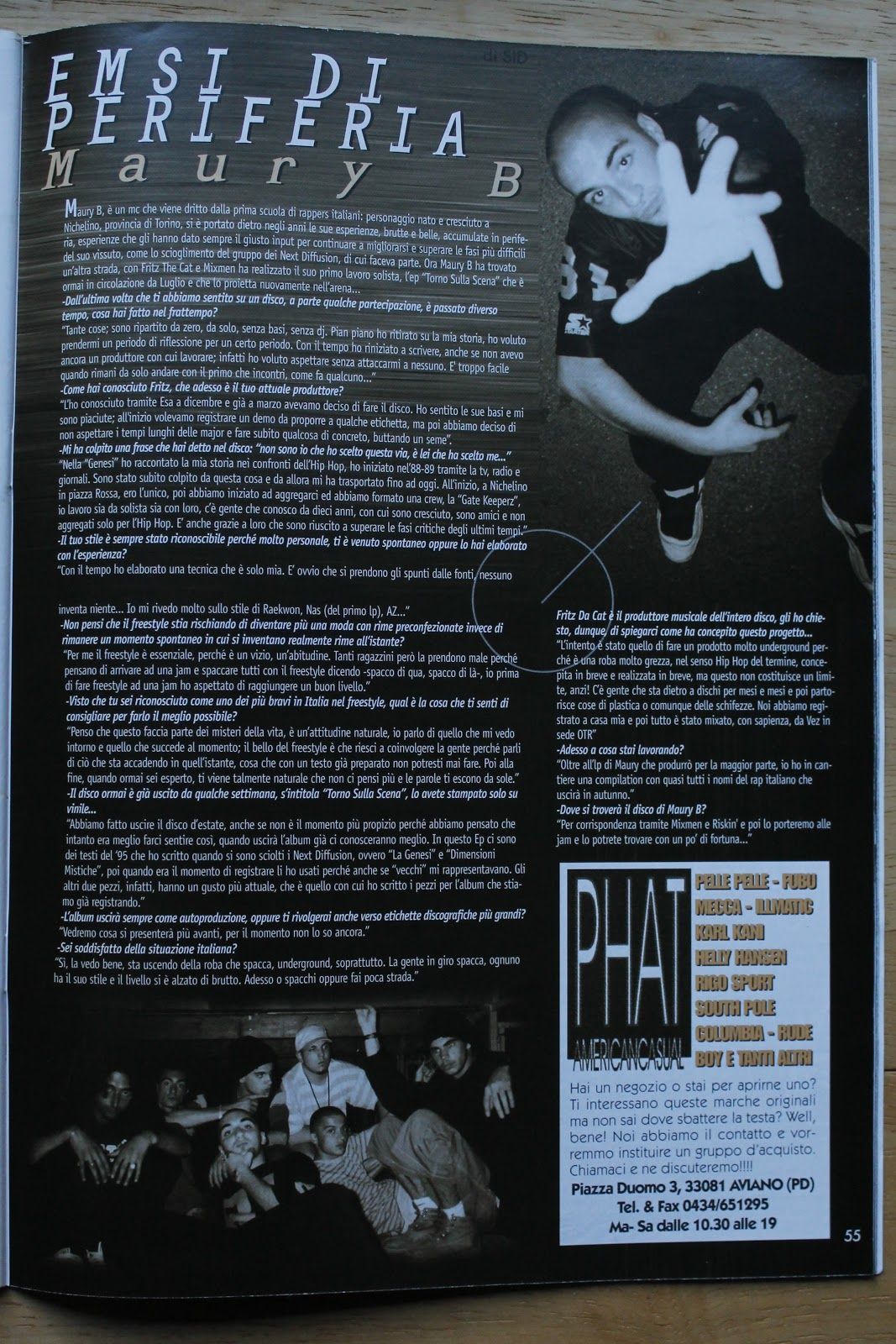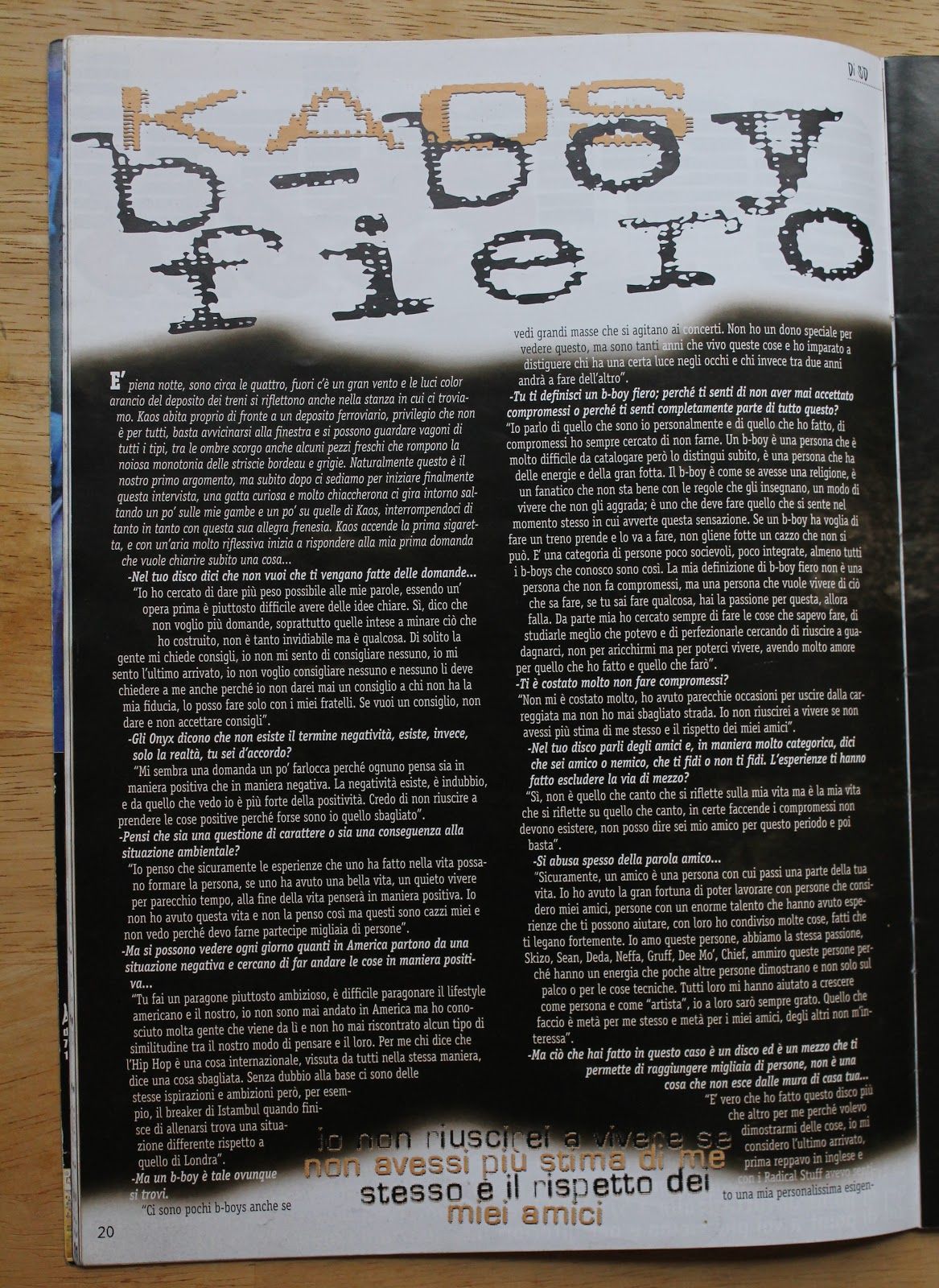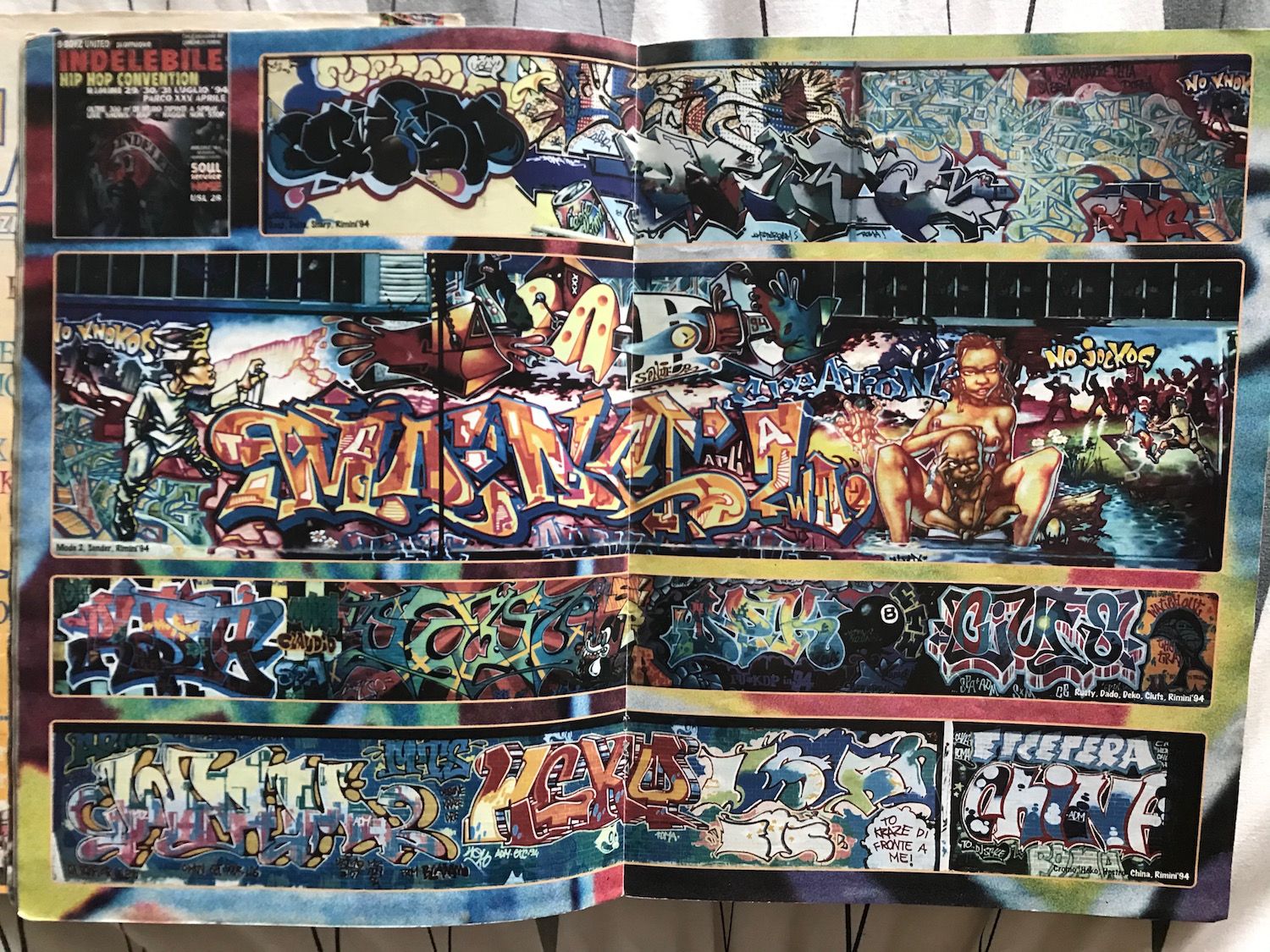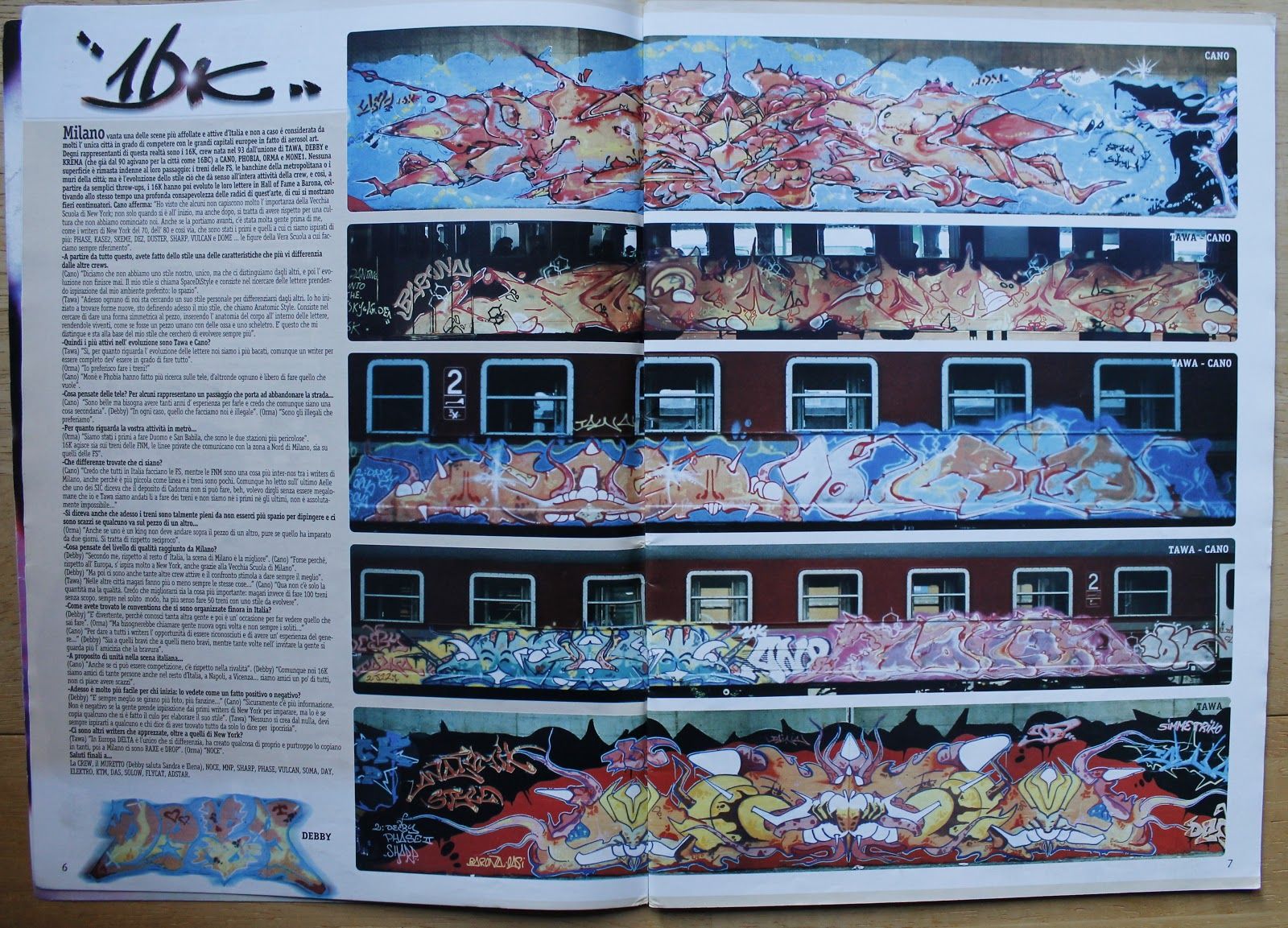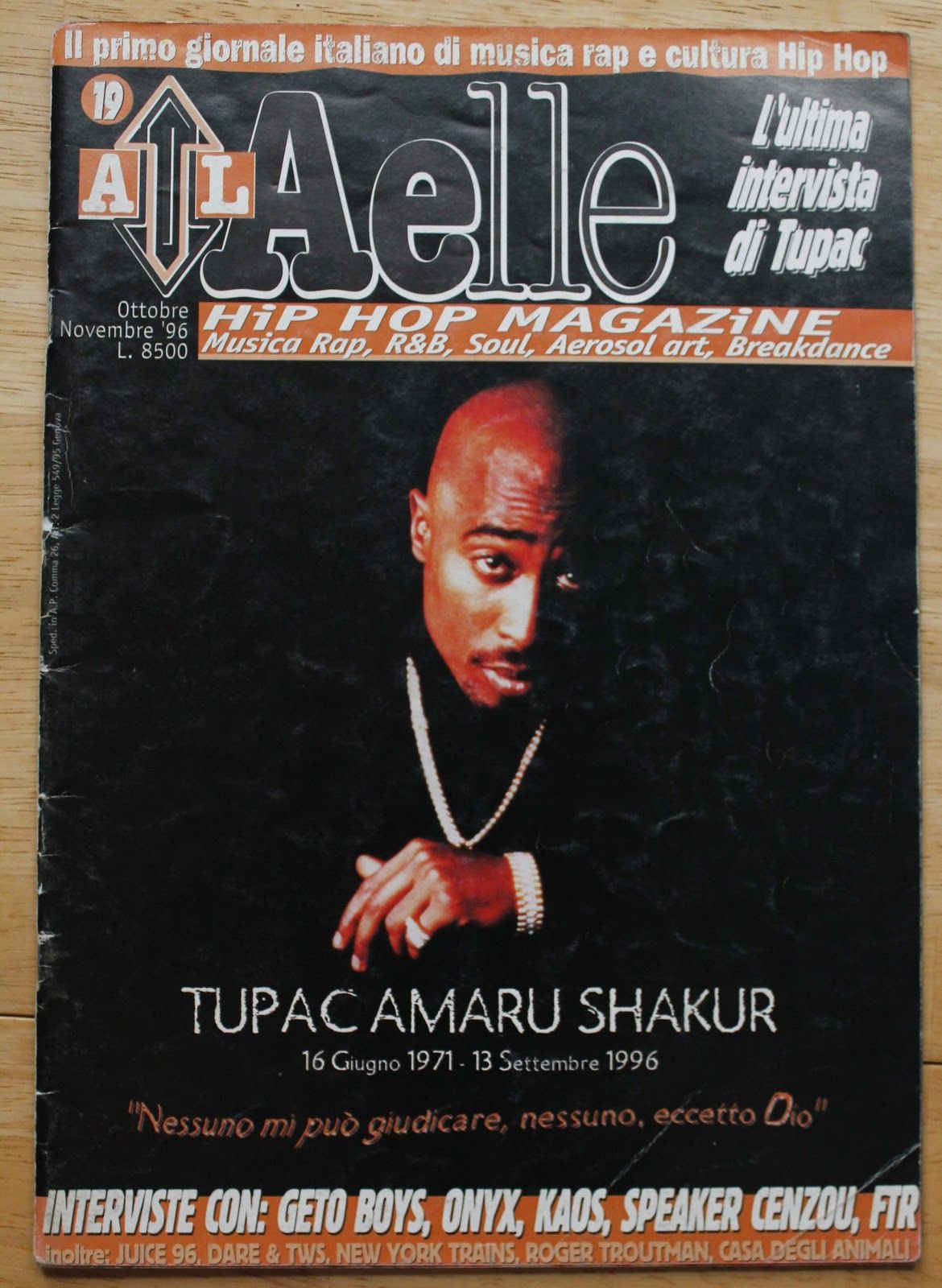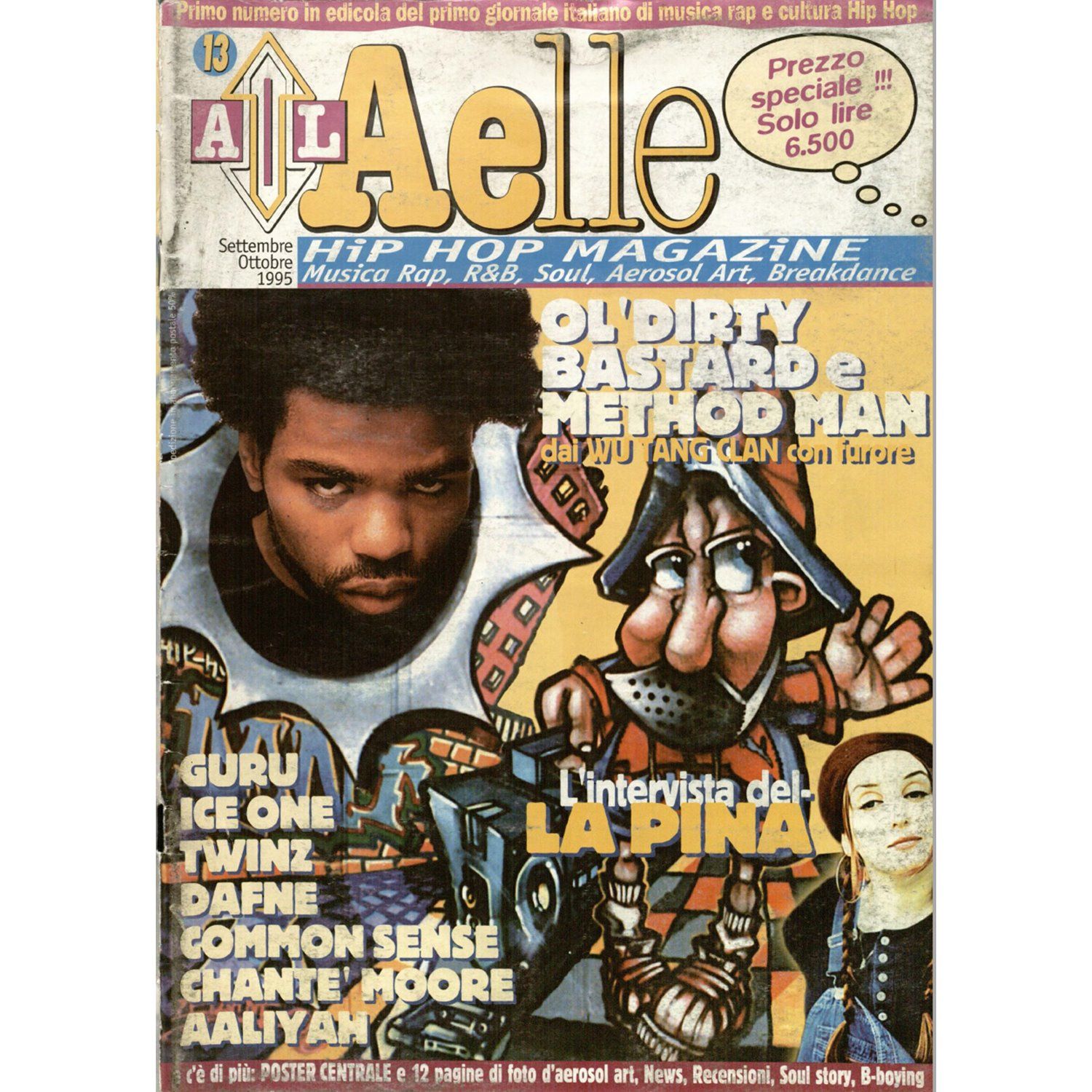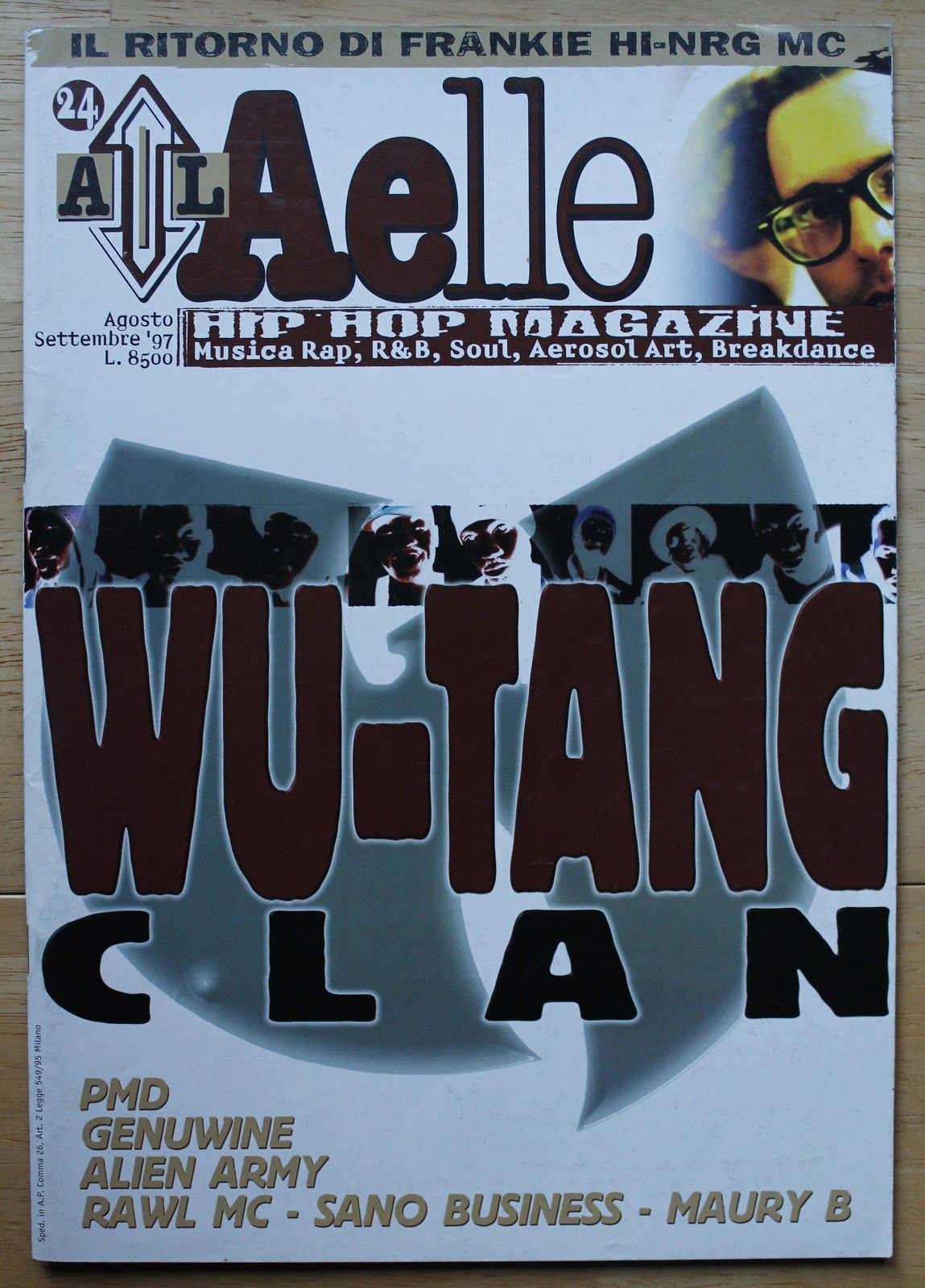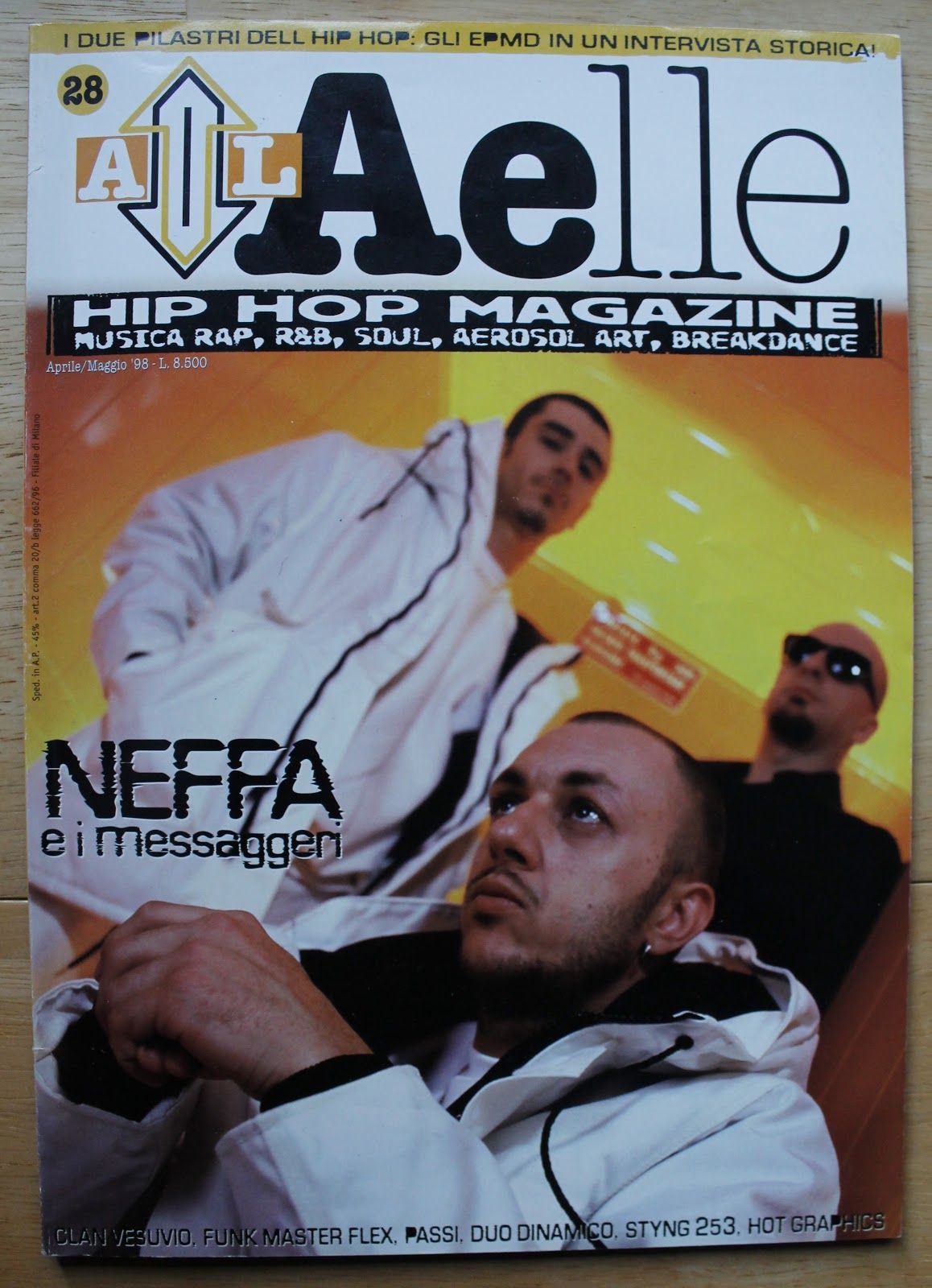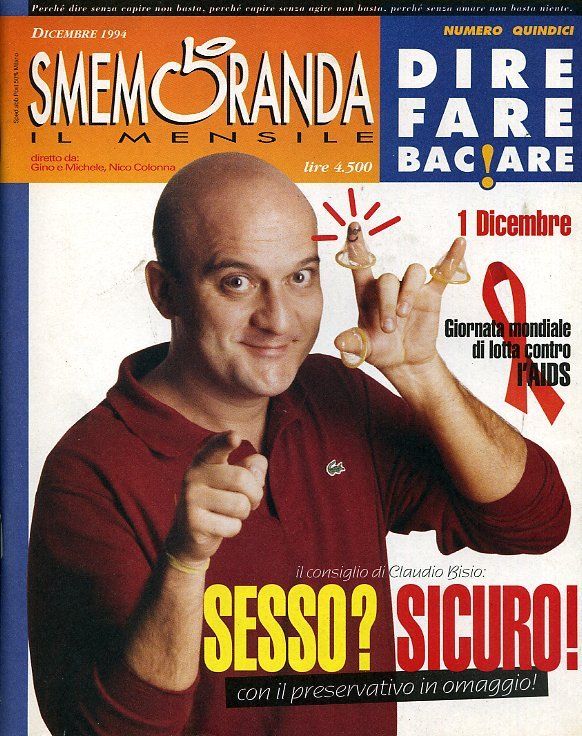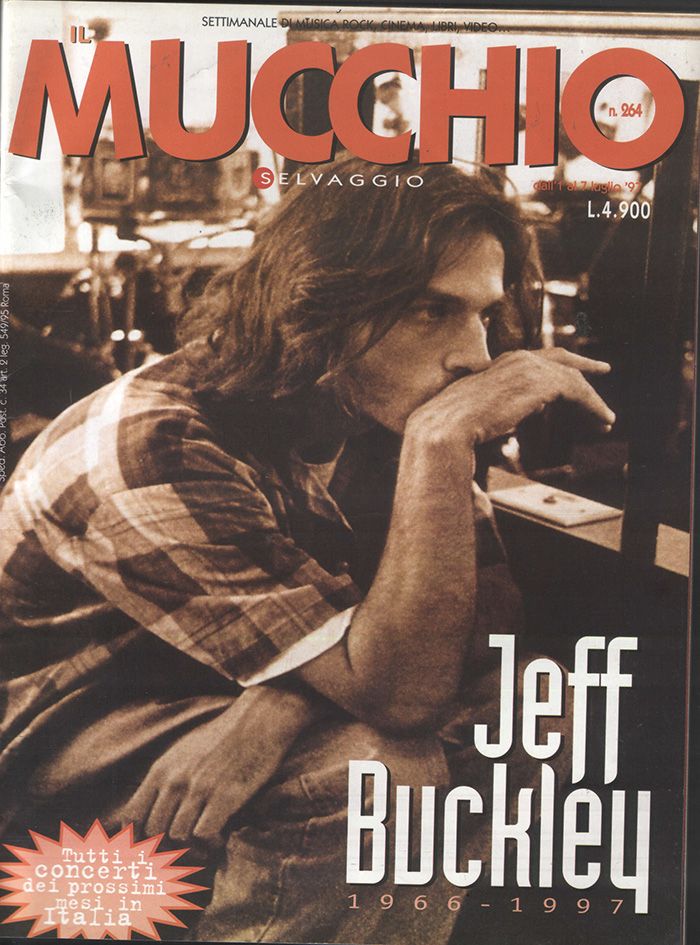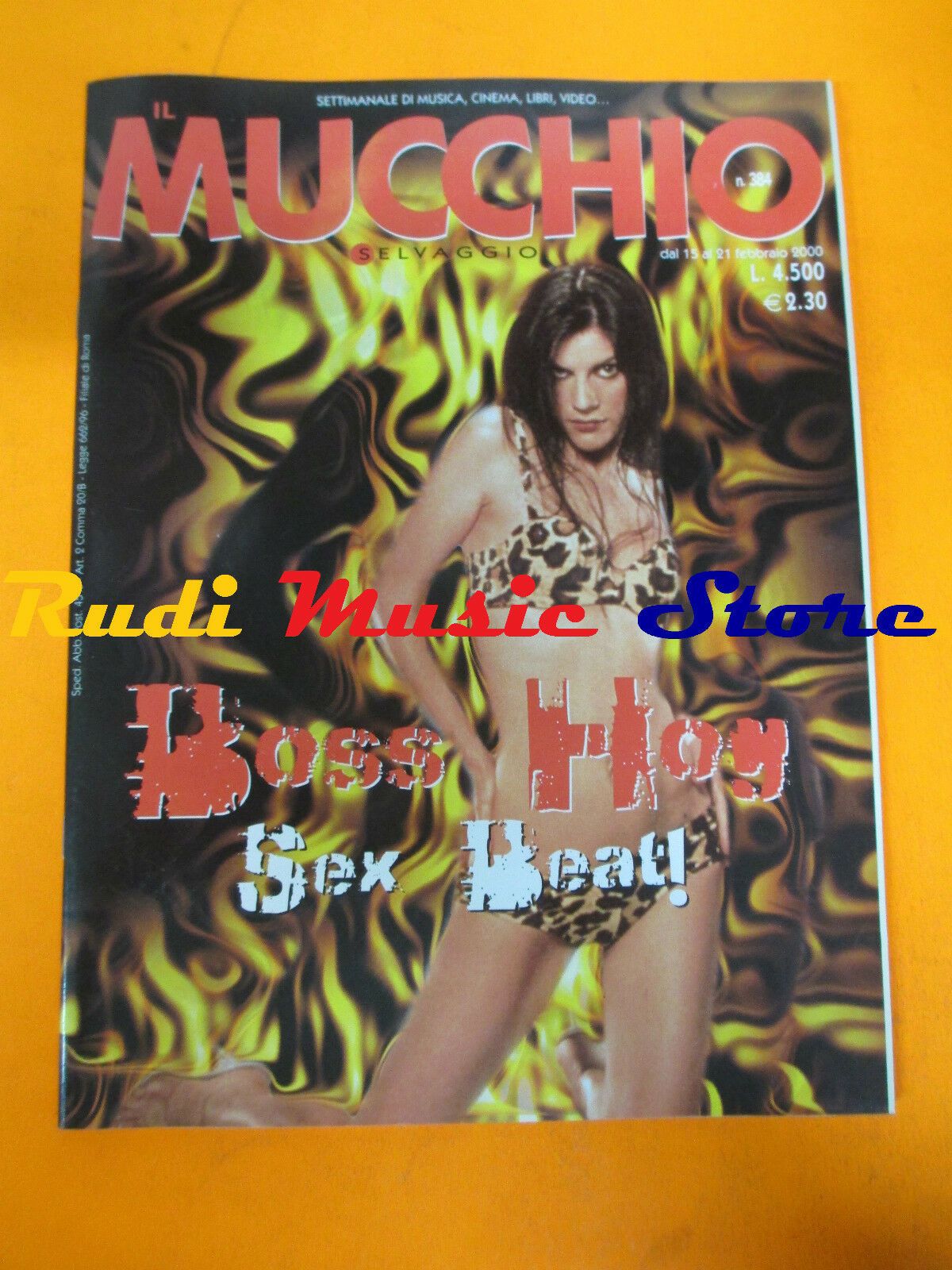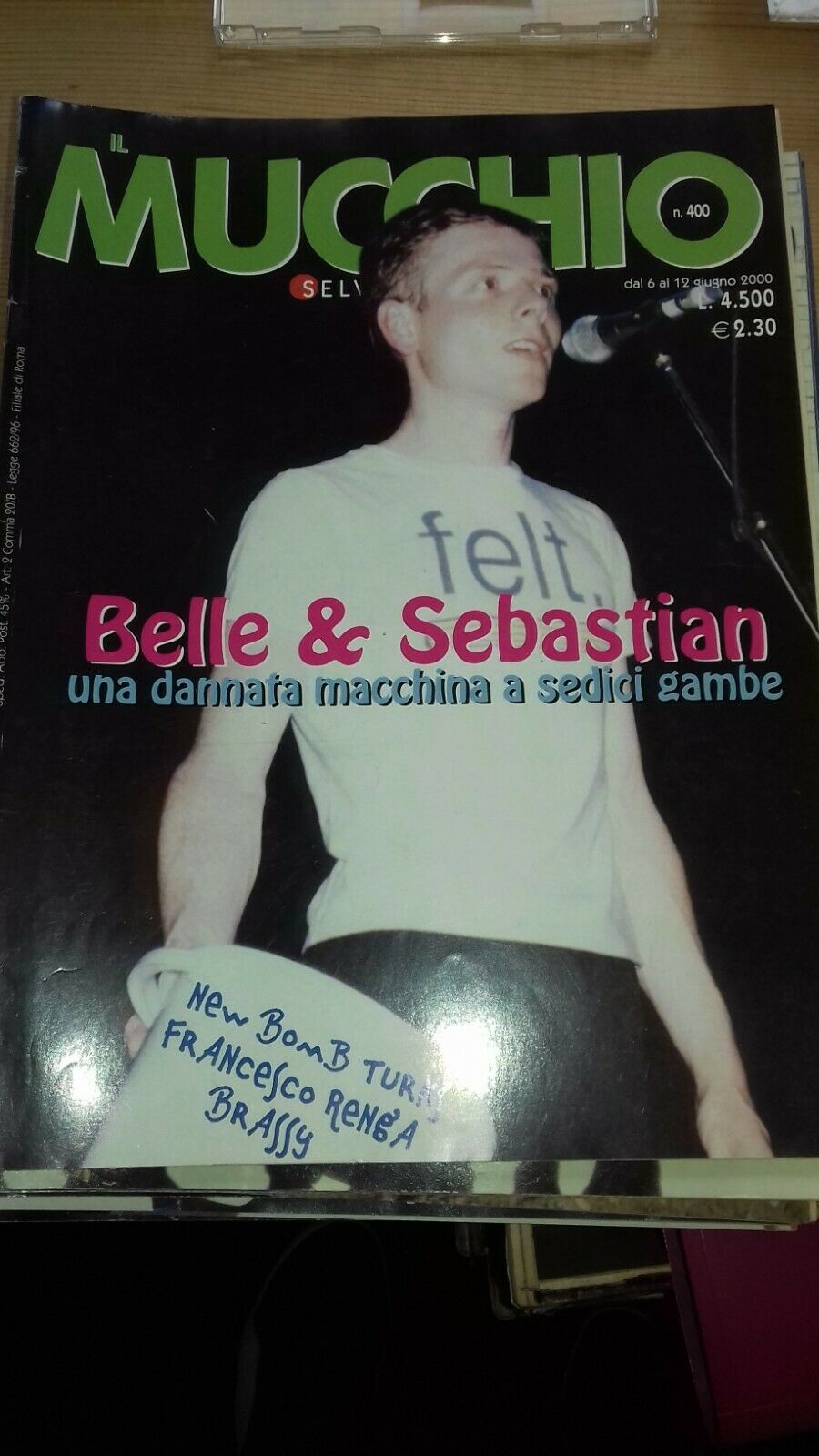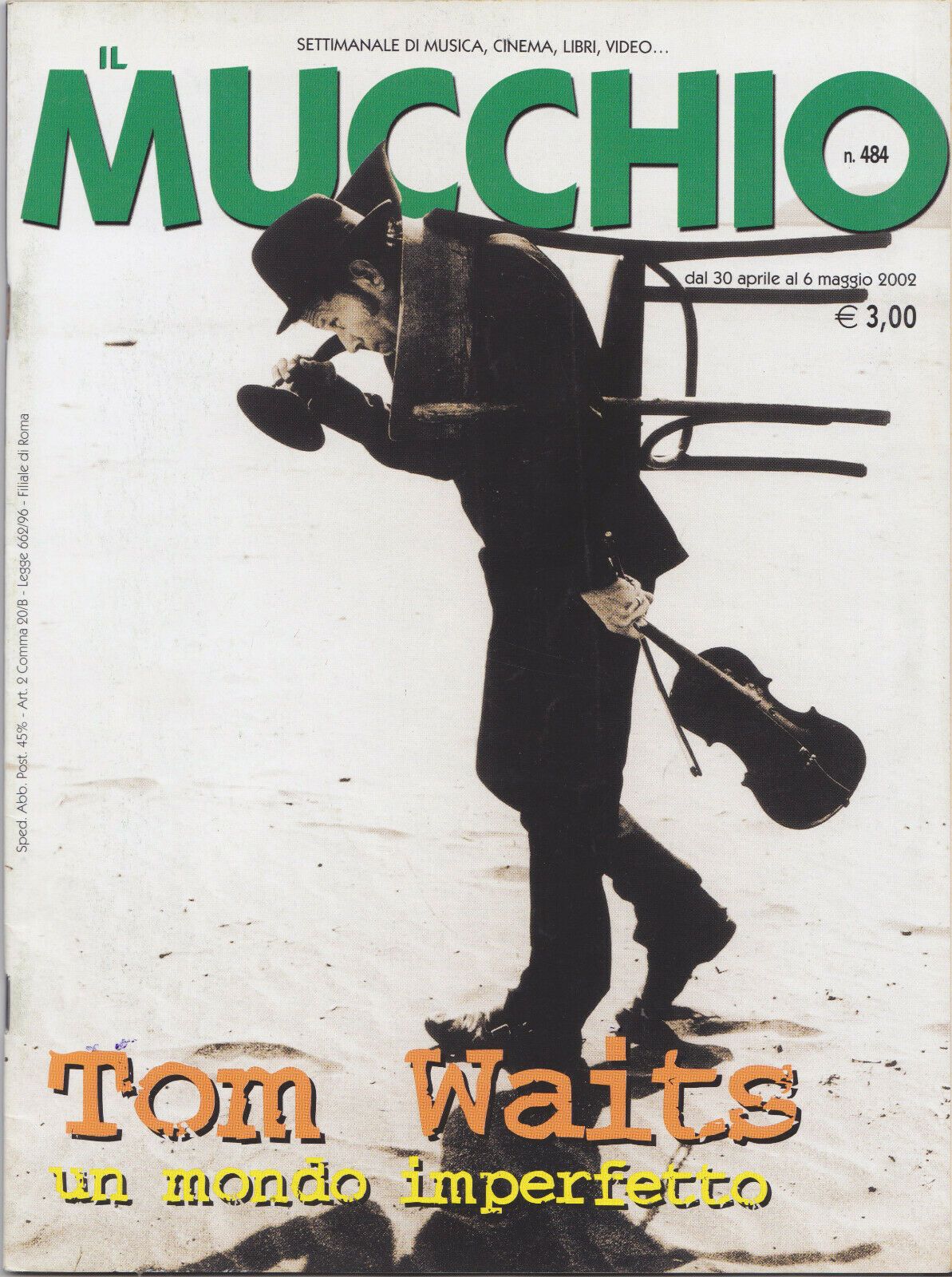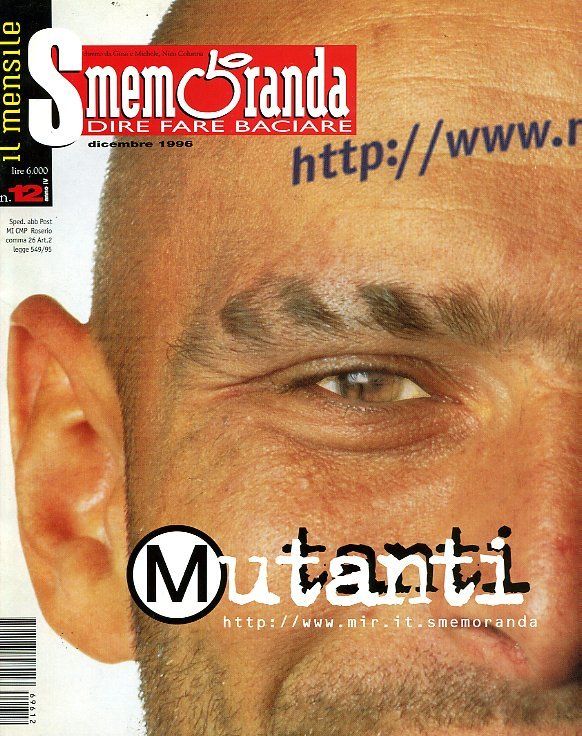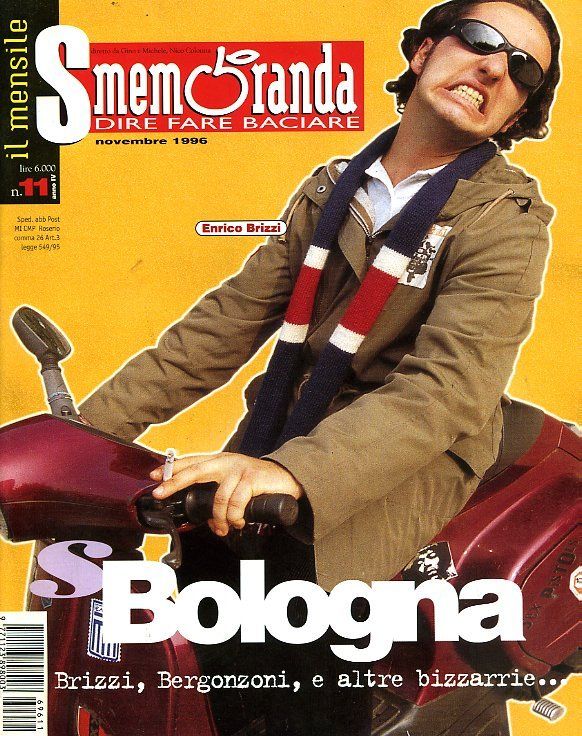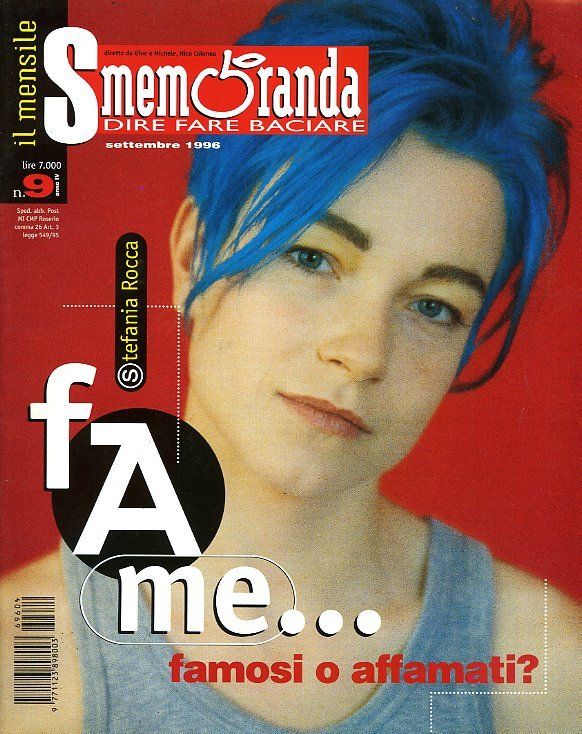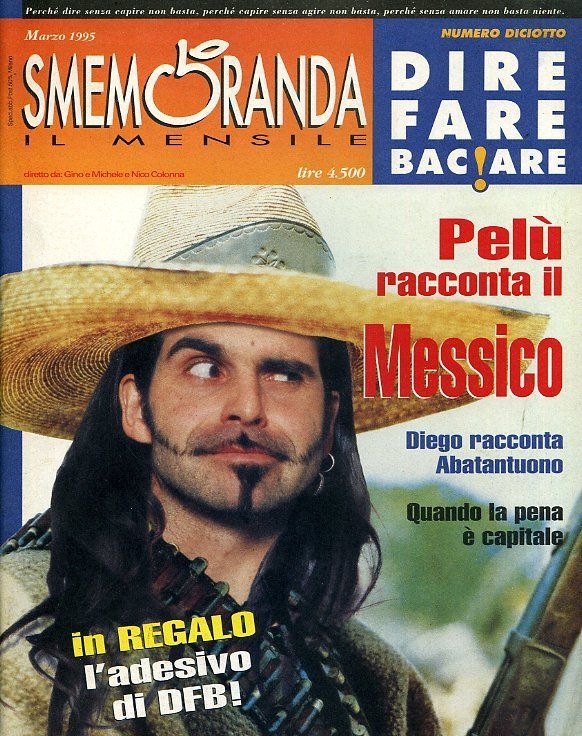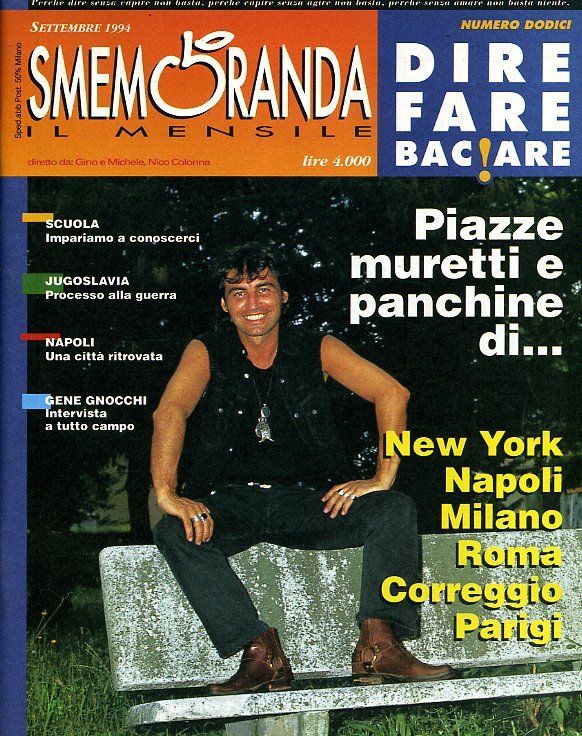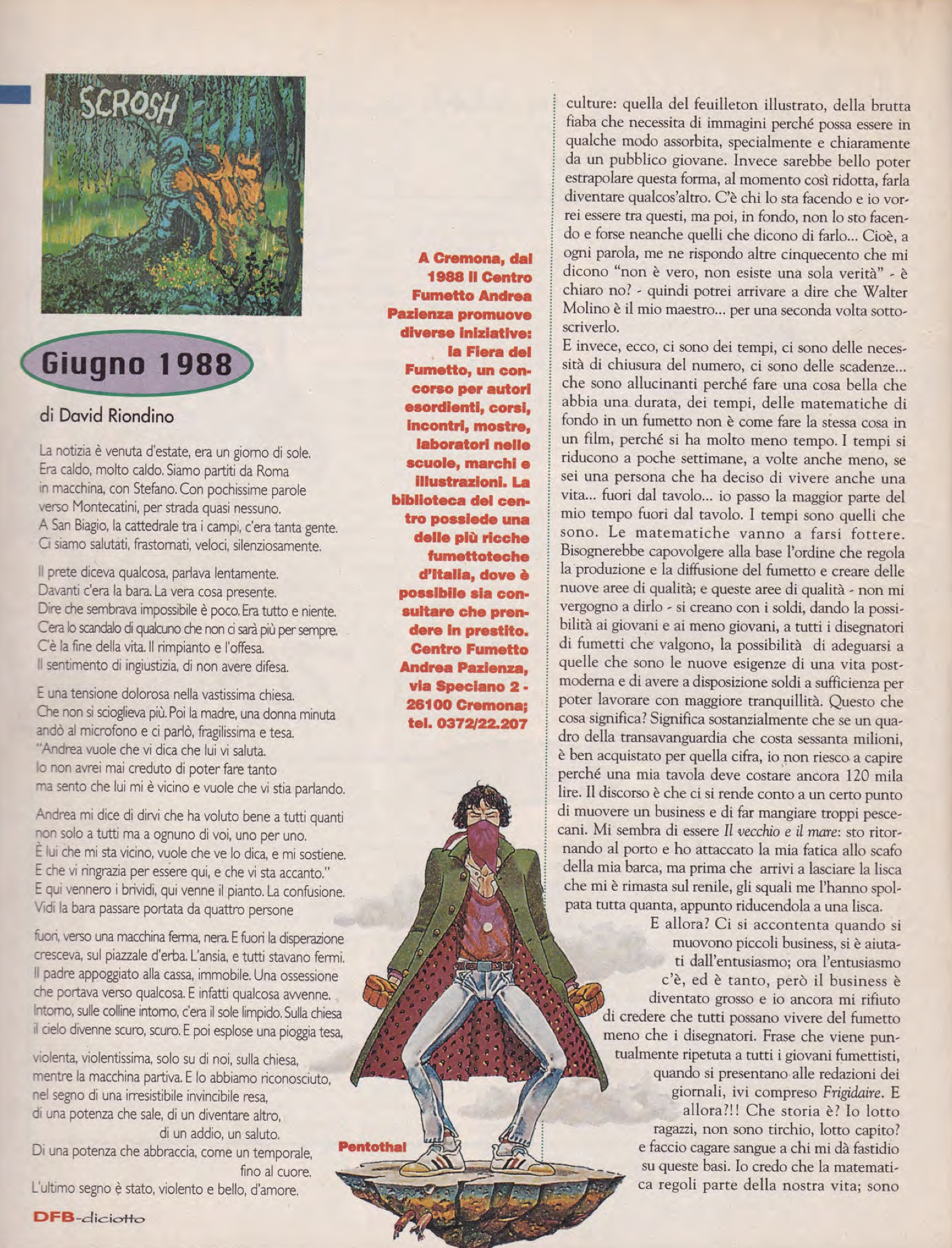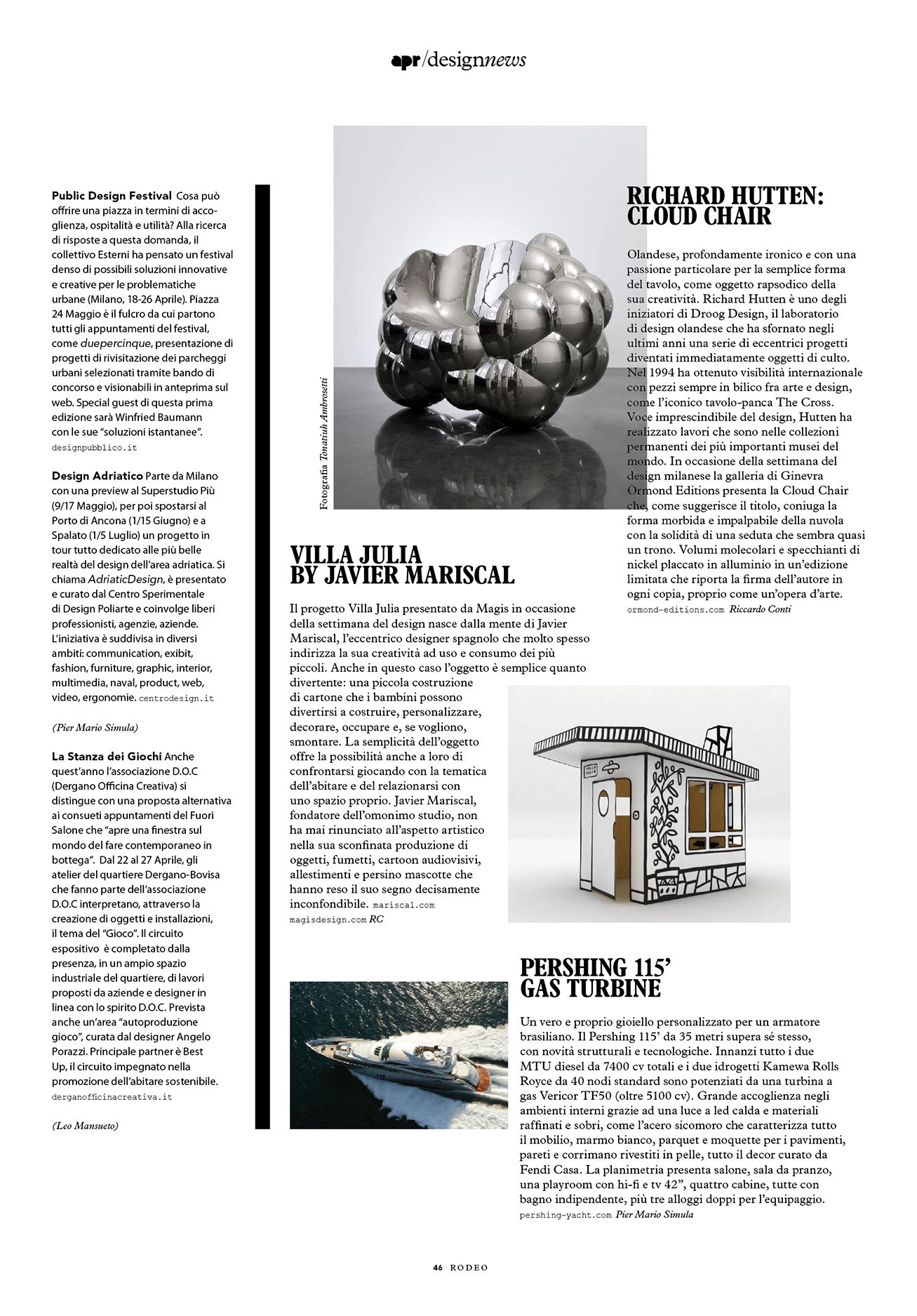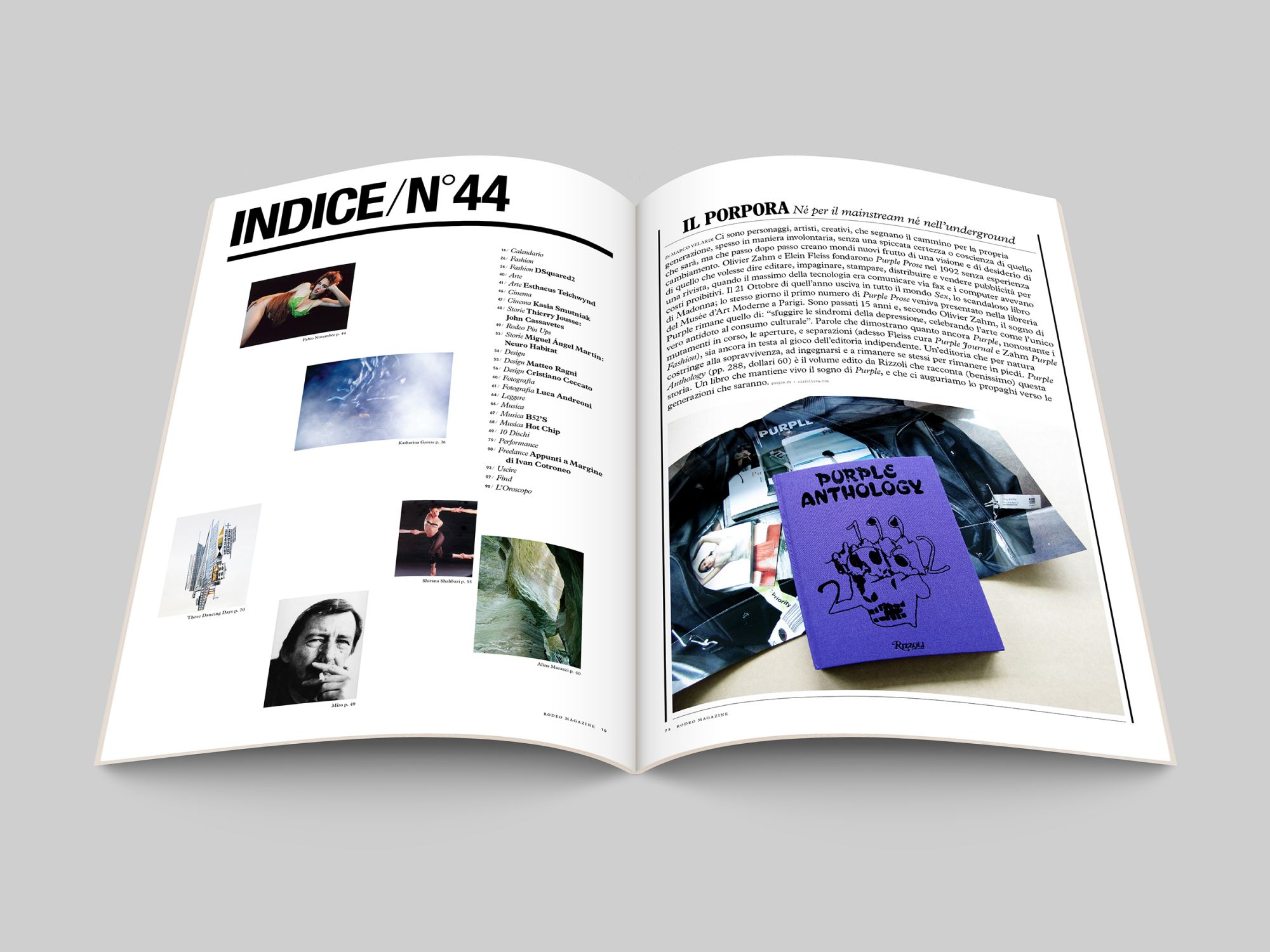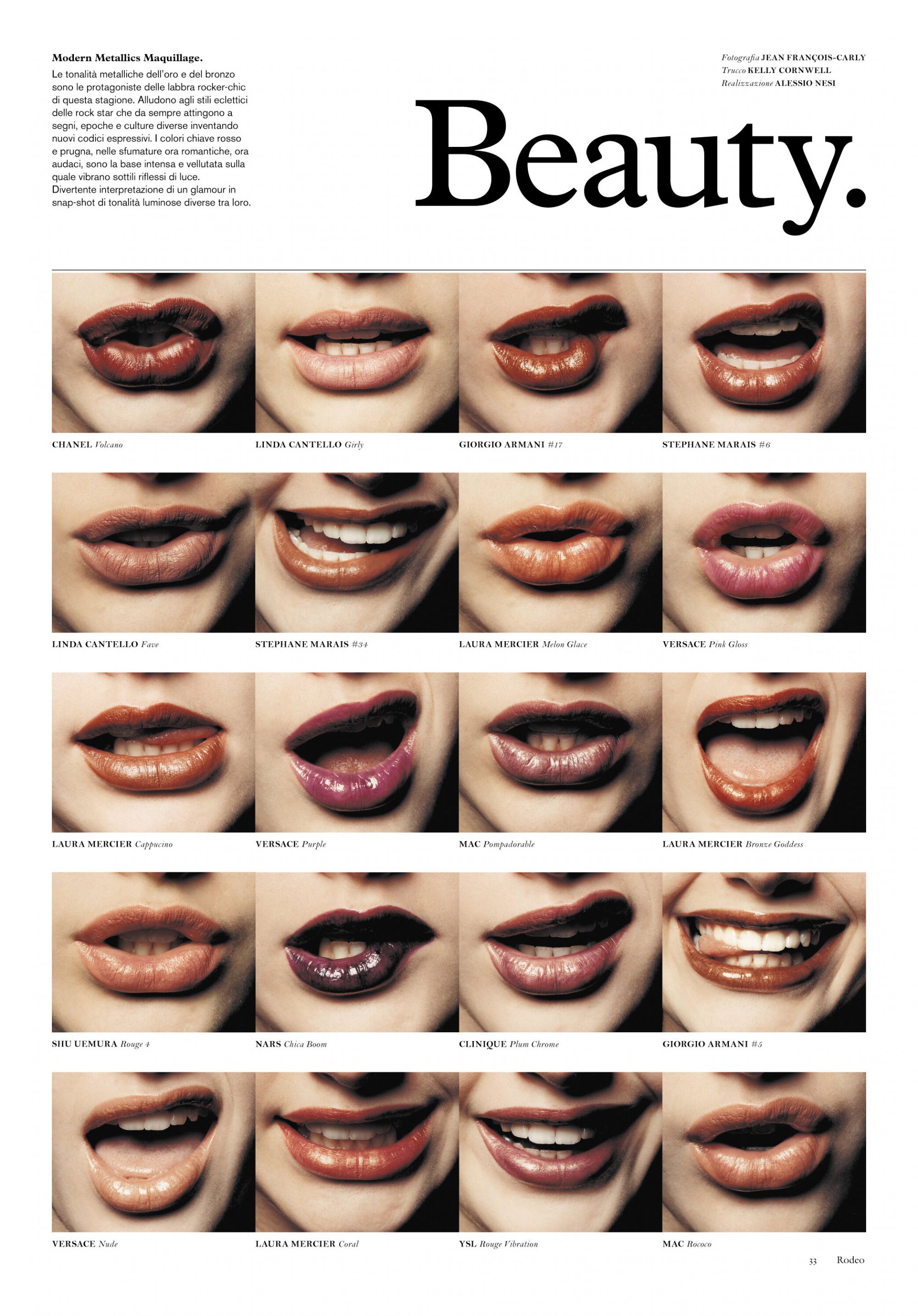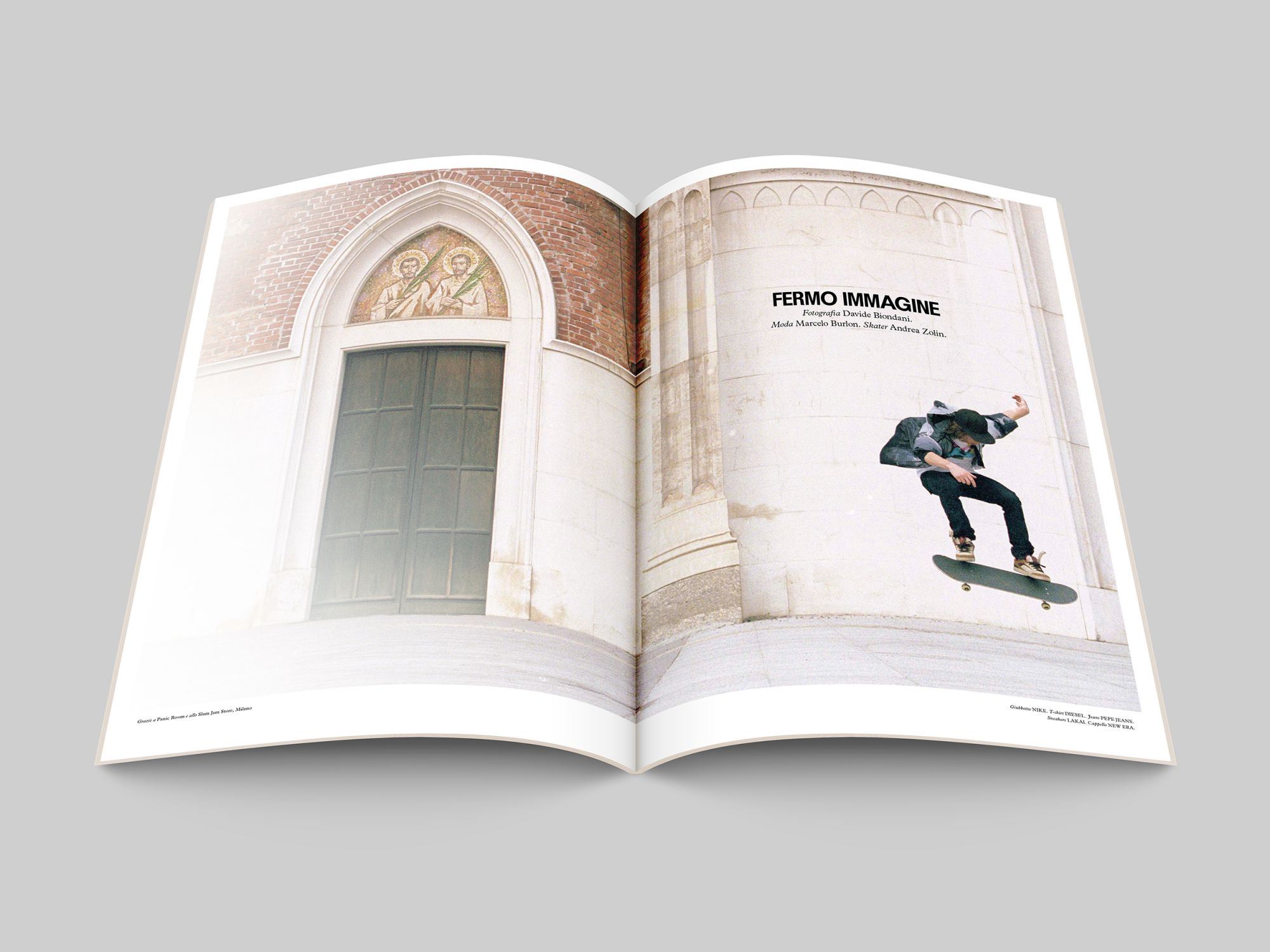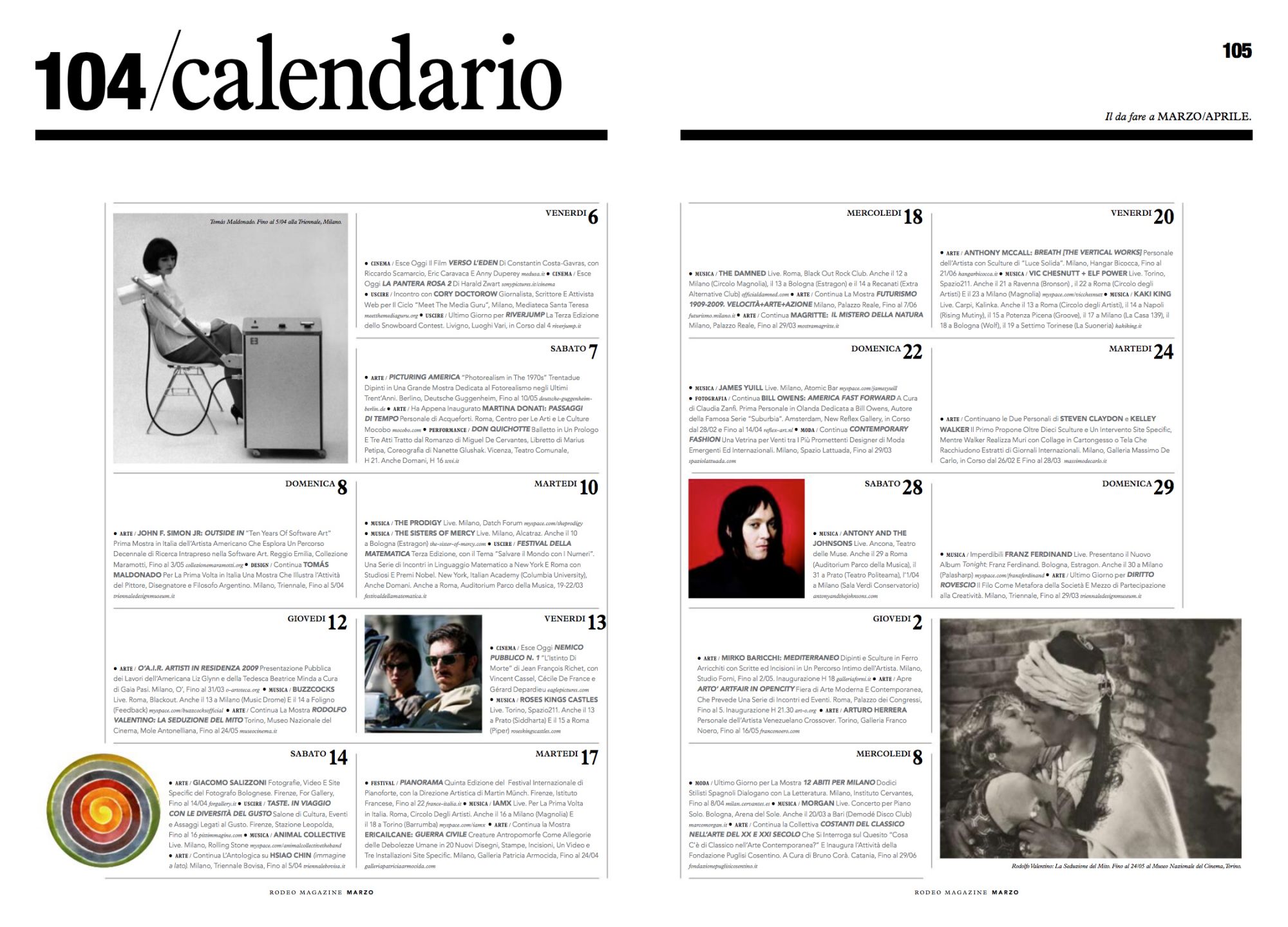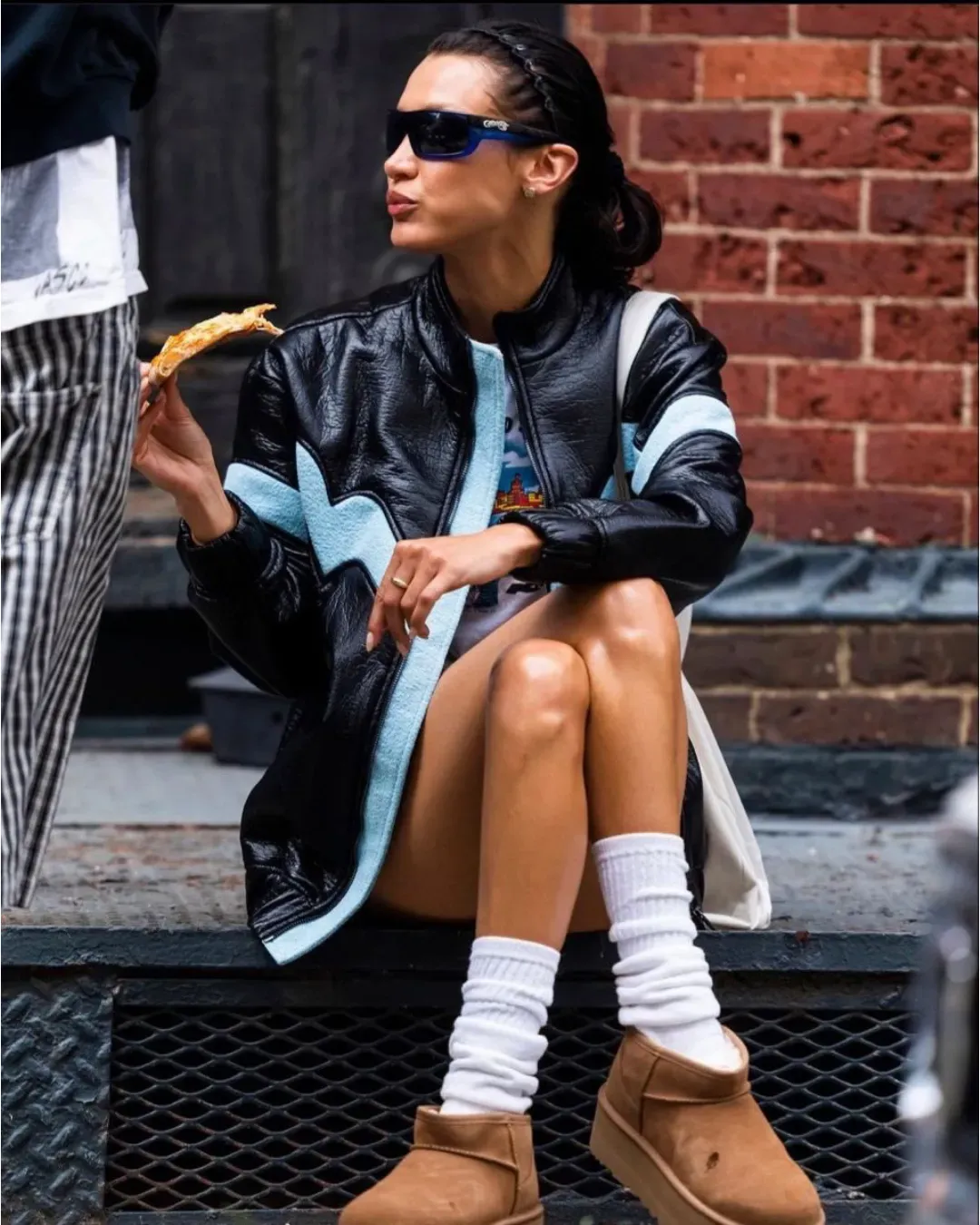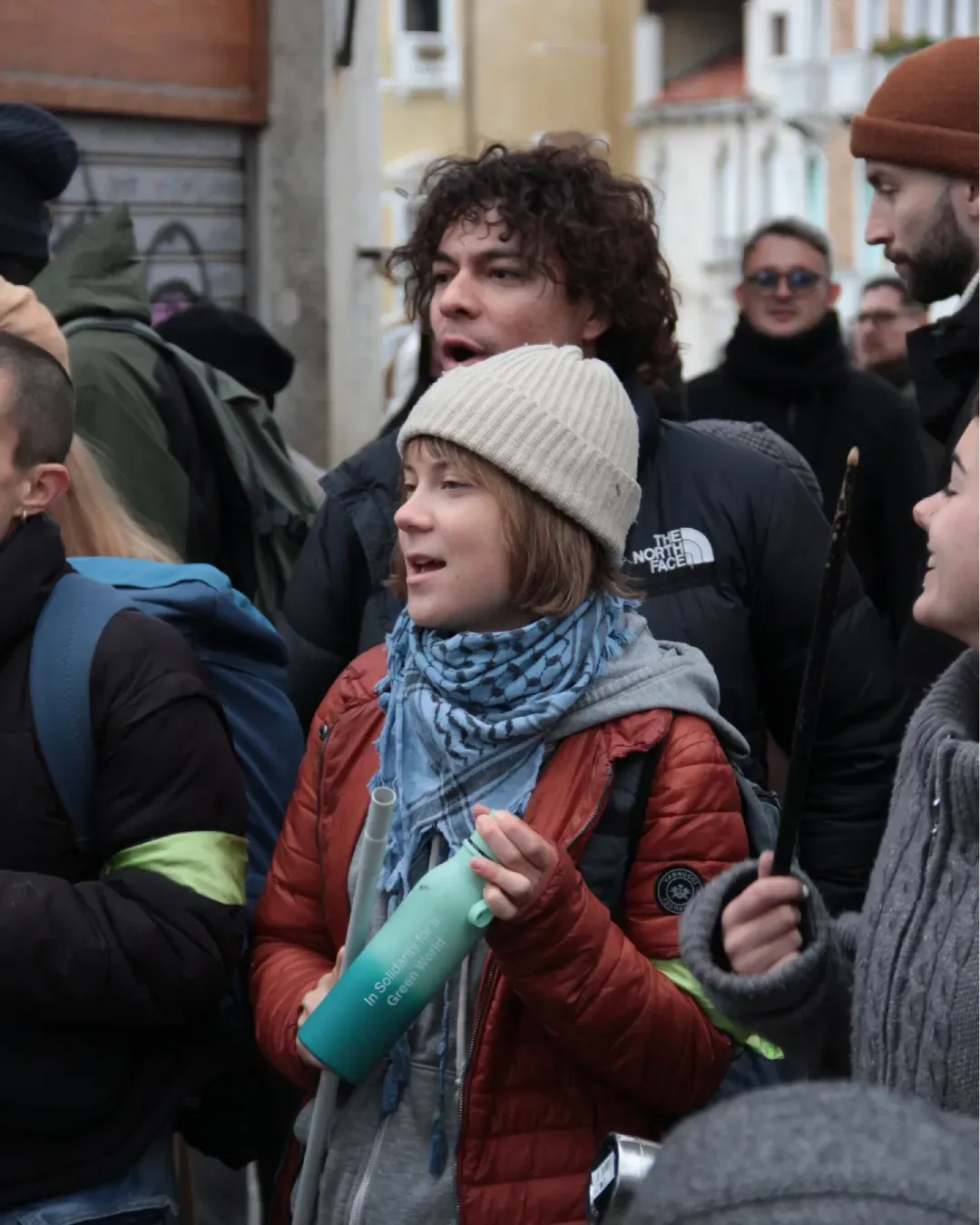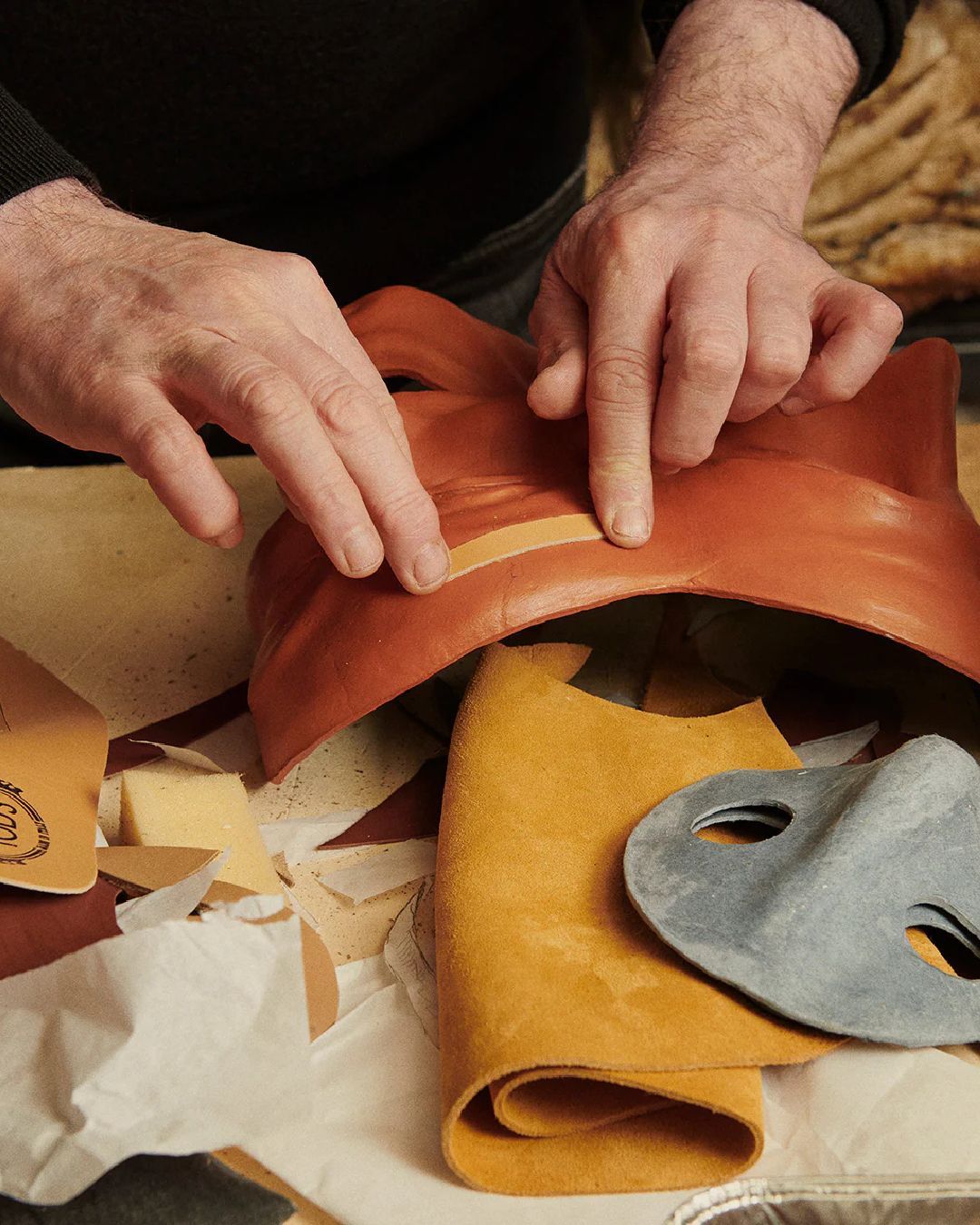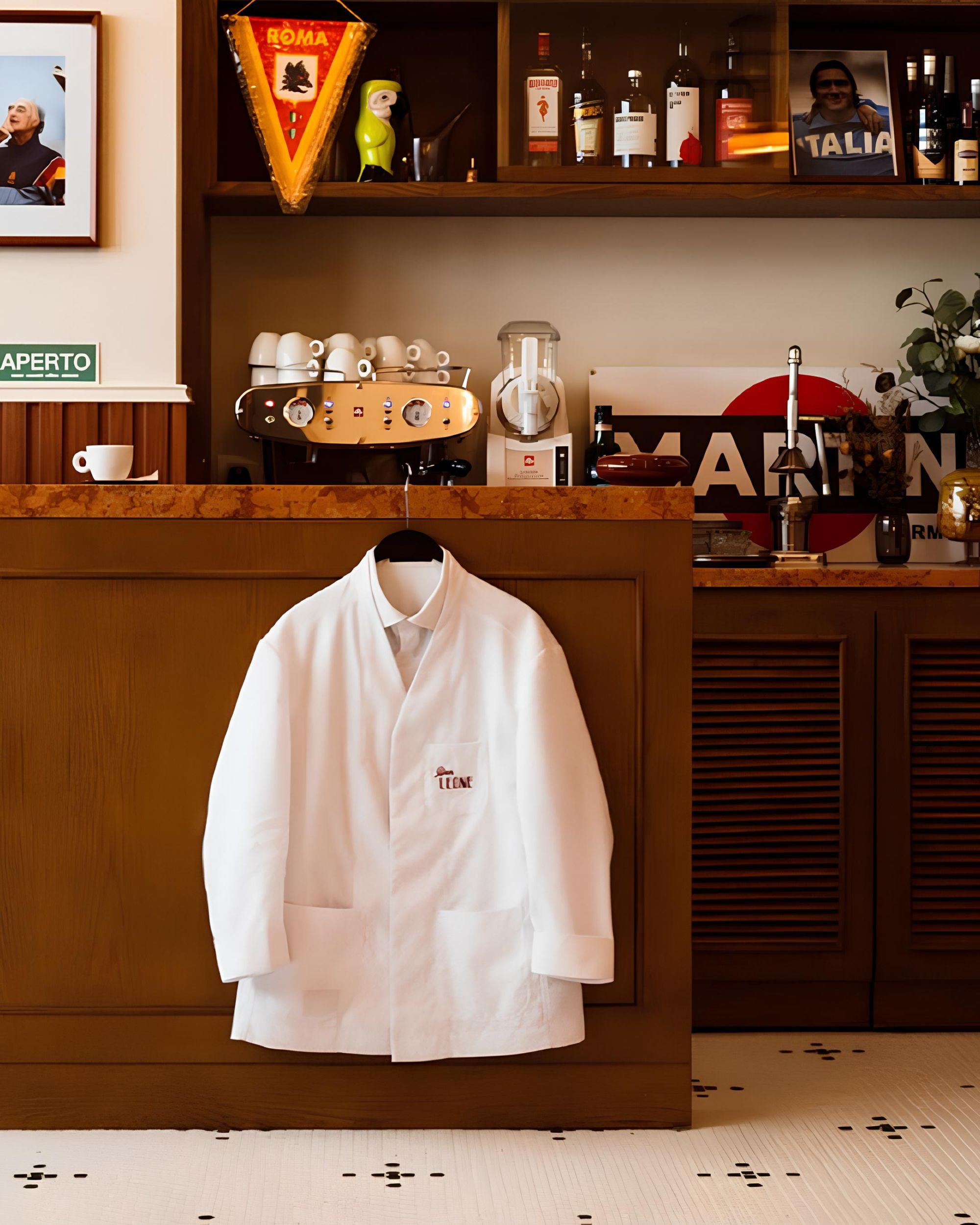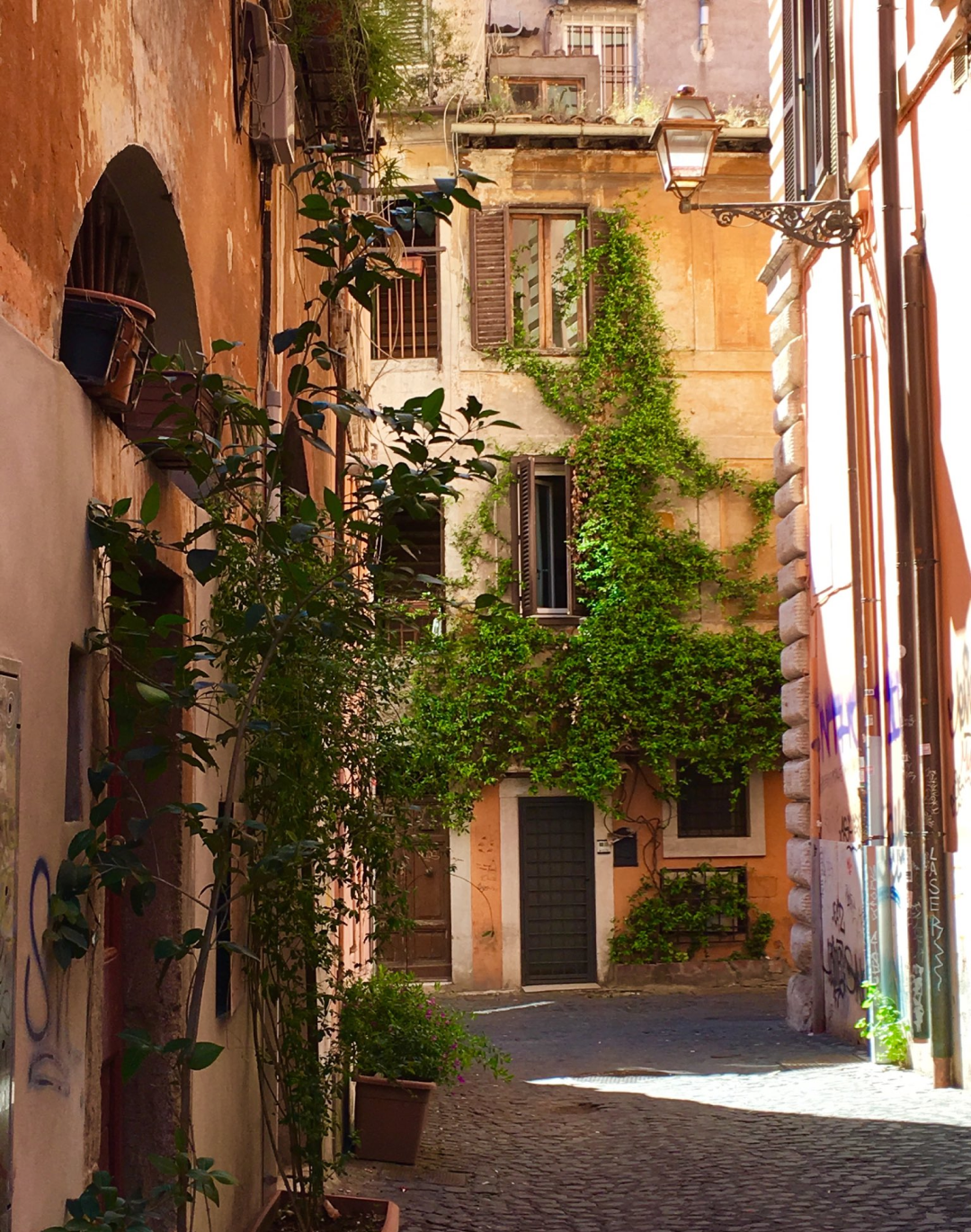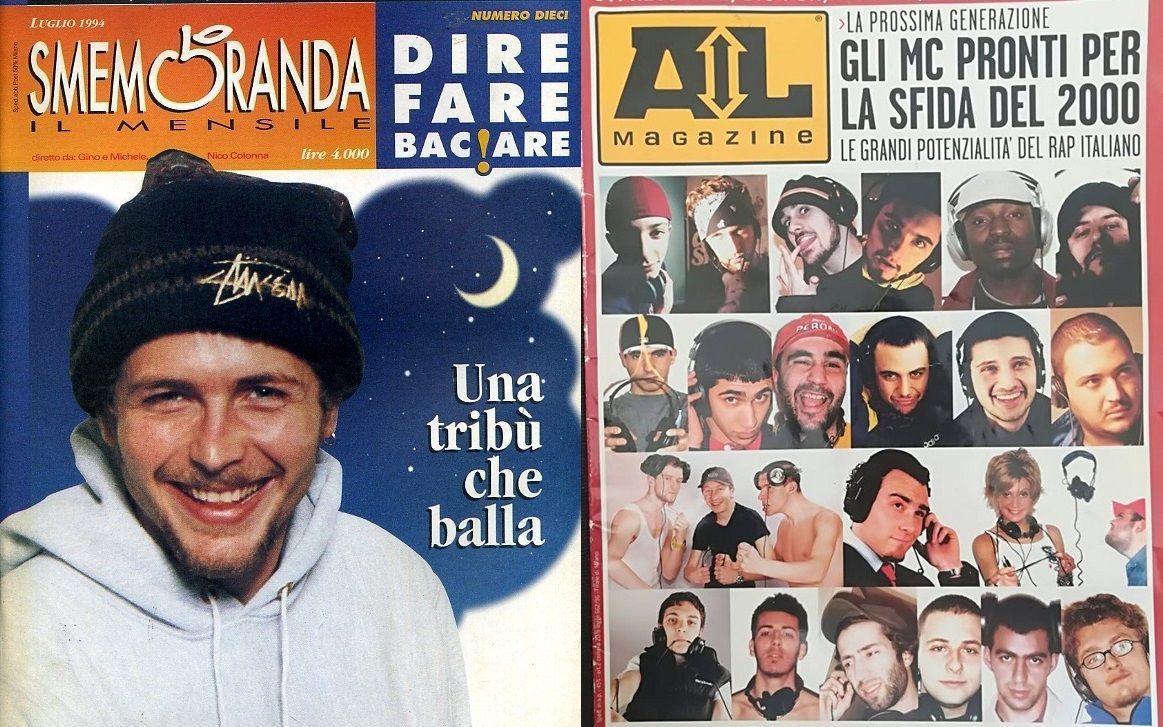
5 independent Italian magazines that made history (and fashion) in the 2000s A journey through the pages where Y2K culture comes to life
In a matter of months, the 2000s trend has exploded into our lives. From the catwalks to our bedrooms, via exhibition spaces and social message boards, in 2021 there is no cultural sphere that doesn't refer to the years of the very low life and posters of Britney Spears - or Fabri Fibra, depending on taste. Between Instagram reels and Tik Tok, for the latest Millennials and Gen Z kids it wasn't difficult to discover that world of musical hits, oldmoney micro-skirts and teen TV dramas – that made celebrities like Avril Lavigne, Paris Hilton and Megan Fox icons. The Internet made it easy, but it wasn't always like that: since the beginning, it was the independent magazines of the time that played the role of cultural engine. It all began between the pages of The Face (soon followed by the likes of Arena, i-D and Dazed & Confused) and on the streets of London, where the Y2K wave took on a peculiar direction.
The first «style bible» deserves the credit for having been able to tell and amplify the trends of the time, becoming a real guide for underground music and British fashion. In the meantime, in Italy rushing to buy those unpredictable magazines was the only way to keep up to date with news from the music scene, from indie to rap and the underground, as well as cinema, art and design; but above all, the images and articles from Aelle, Il Mucchio Selvaggio, Pig and Rodeo, allowed you to keep up with the most fashionable height of jeans and the latest perfect sneaker (those who grew up between the 90s and the 2000s know that). Now that the 2000s trend is back, it's time to take a trip to discover those "cultural fashion" magazines that, more than any others, have contributed to consolidate, vitalize and spread the Y2K imaginary in Italy.
1. Aelle
Aelle undoubtedly is the first real Italian reference point for hip-hop culture in all its forms, from rap to writing and breakdancing, Aelle was born in 1991 and grew up by the hand of Claudio "Sid" Brignole and the legendary figure of Paola Zukar - now manager of Big Picture Management for Fabri Fibra, Marracash, Madame and Clementino. Born as a fanzine, it was distributed by hand between one jam and another, then it arrived in record stores and, only after a few years, it reached official distribution. It's impossible to forget Aelle's interviews with Tupac, Outkast and Mary J Blige, in an attempt to build a cultural bridge between America and Italy. Aelle's strongest point? The importance given to words until its closure in 2001, dictated by the ambition to tell stories in depth.
2. Pig Magazine
Pig Magazine is launched in 1999 as a paperback and distributed on newsstands in Italy's major cities, Pig was one of the first independent magazines to talk about fashion, art, technology and design, recommending books, columns and films with the aim of recounting the new realities of the era. Pig put the spotlight on the most interesting subcultures and personalities of the time: through interviews, guides and columns, Simon Beckerman's magazine succeeded in shortening the distance between fashion and ordinary people. It closed in 2012, but looking at the editorials and graphics of the new fashion magazines, it's clear that Pig's aesthetic and authentic approach remain embedded in contemporary pop-refined visual culture.
3. Rodeo Magazine
Rodeo Magazine Art, architecture, cinema, literature and fashion, lots and lots of fashion. The articles and photographic editorials of Rodeo Magazine made an entire generation of modern stylists (Lotta Volkova, does that ring a bell?), photographers and creative director’s dreams, including cover stars and special features. Distributed throughout Europe, the monthly magazine established itself as a showcase for ready-to-wear and pop culture in general, dedicated to providing a free and critical point of view on the initiatives of brands, designers and creative minds of the time, with the aim of celebrating a well-defined aesthetic and provoking conscious reflection in readers. Among the favorite contents, it is impossible to forget the Calendar.
4. Dire Fare Baciare
Dire Fare Baciare:who doesn't remember Smemoranda? Once upon a time it had a monthly magazine, always super coveted by the teenagers of the late 90s and early 2000s thanks to the elaborate graphics created with Photoshop. The covers of Dire Fare Baciare, from the title of the publication specialized in politics, satire and costume, wrote the history of a great chapter in graphic design that directly refers to the school imaginary. Imprinted in the mind, along with collages, cartoons and comics, memories of the articles on the assassination of President Kennedy remain indelible: a perfect example of how an independent magazine could inform, provoke and raise awareness.
5. Il Mucchio Selvaggio
When Il Mucchio Selvaggio closed the doors of its print edition in recent 2018, there were many who bitterly reclaimed the importance of the historic music magazine in Italian culture. Founded in Rome by Max Stèfani, Paolo Carù and Aldo Pedron in 1977, "in the year of Neil Young's American Stars'n Bars, David Bowie's Heroes and The Clash", the magazine started as a project dedicated to rock music, but over the time it incorporated other musical genres establishing itself as an inexhaustible envelope of culture, subversion and creativity.










































